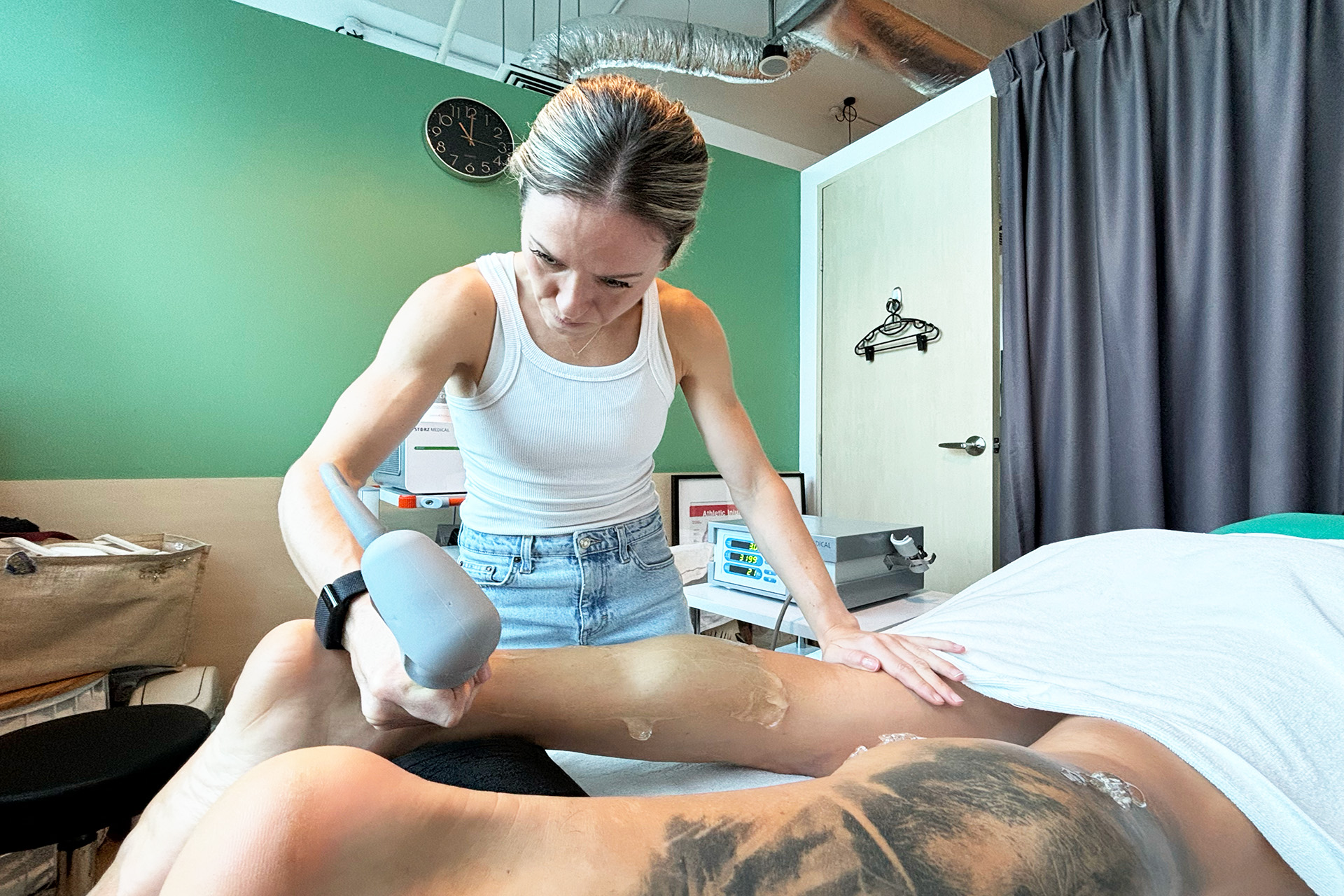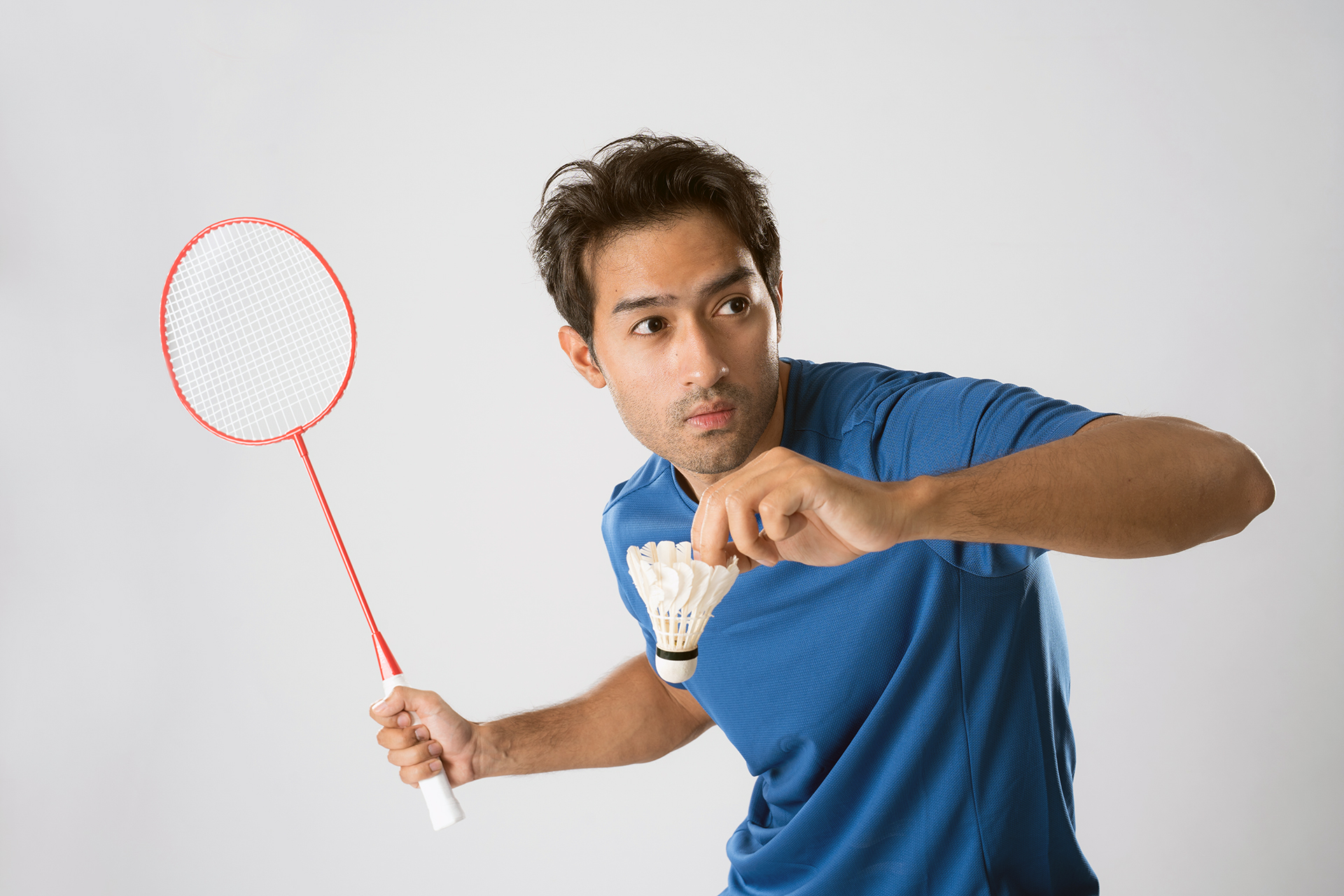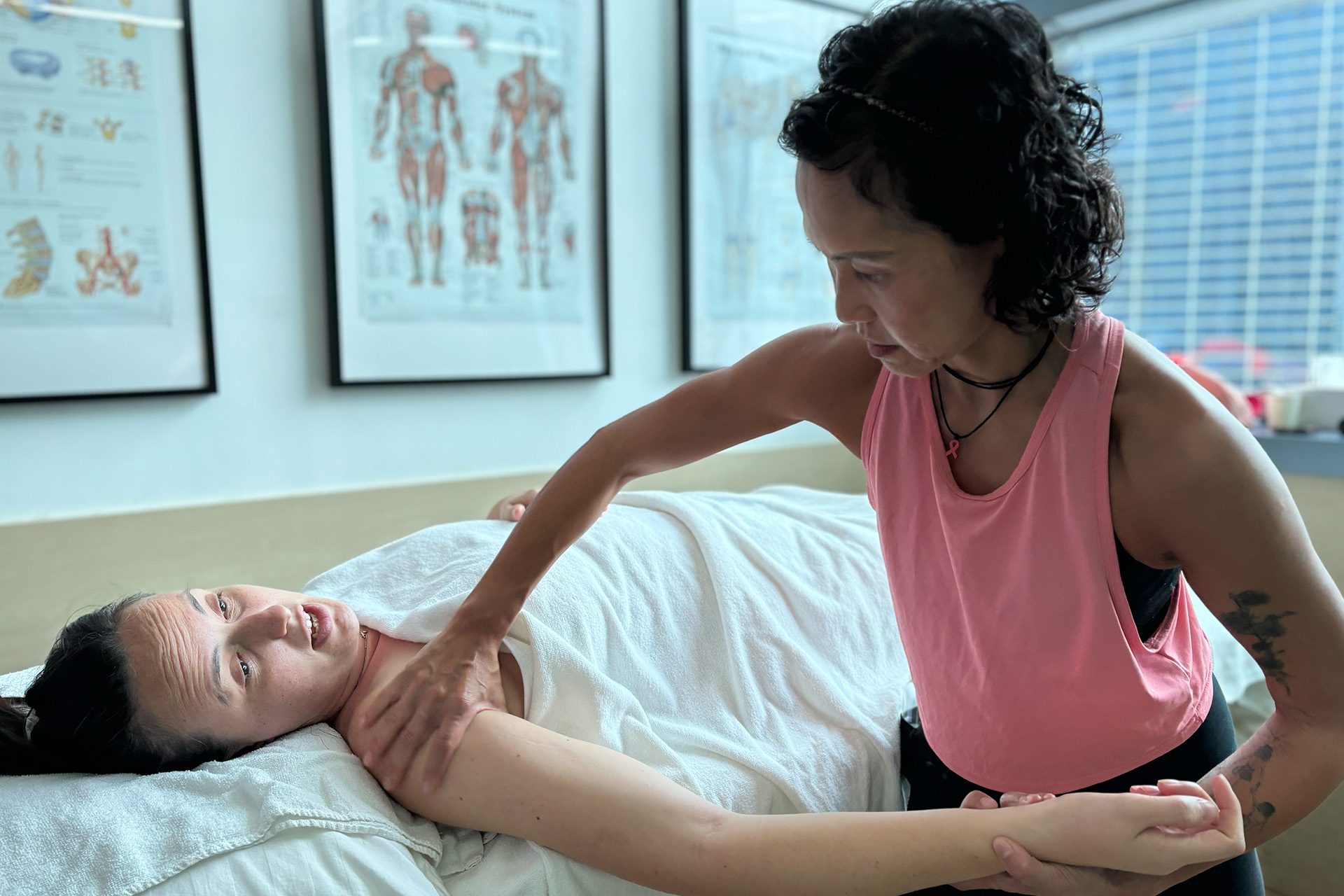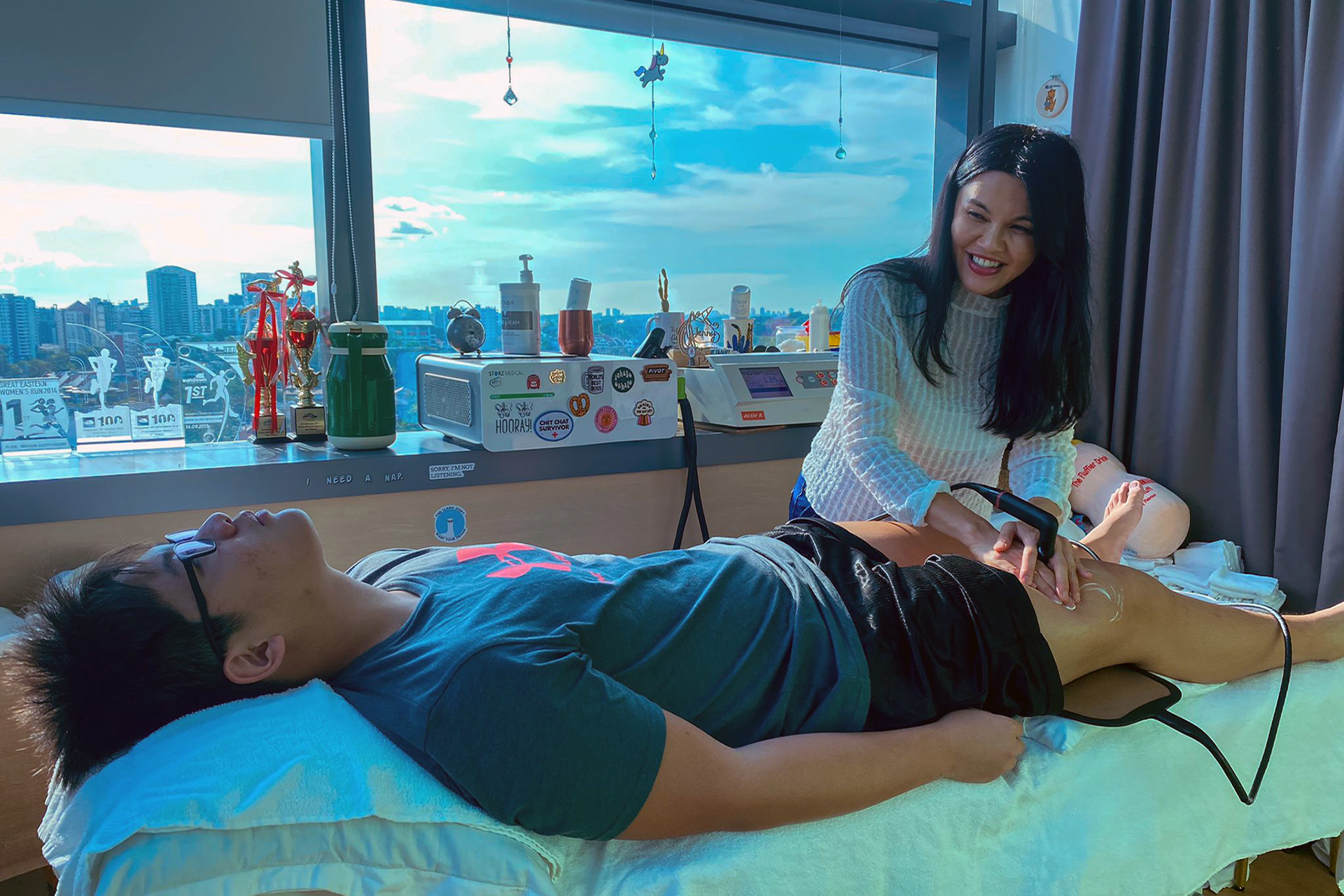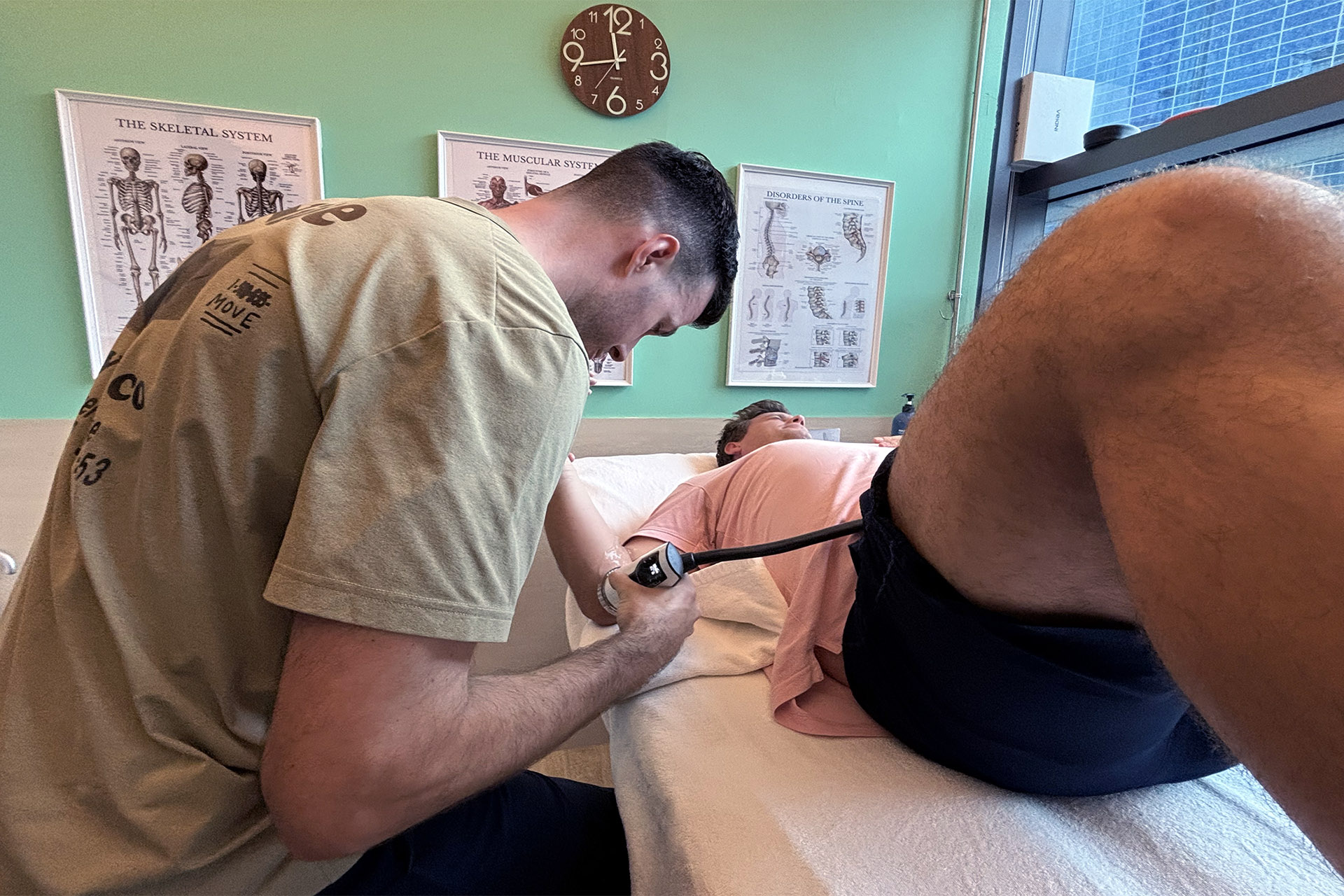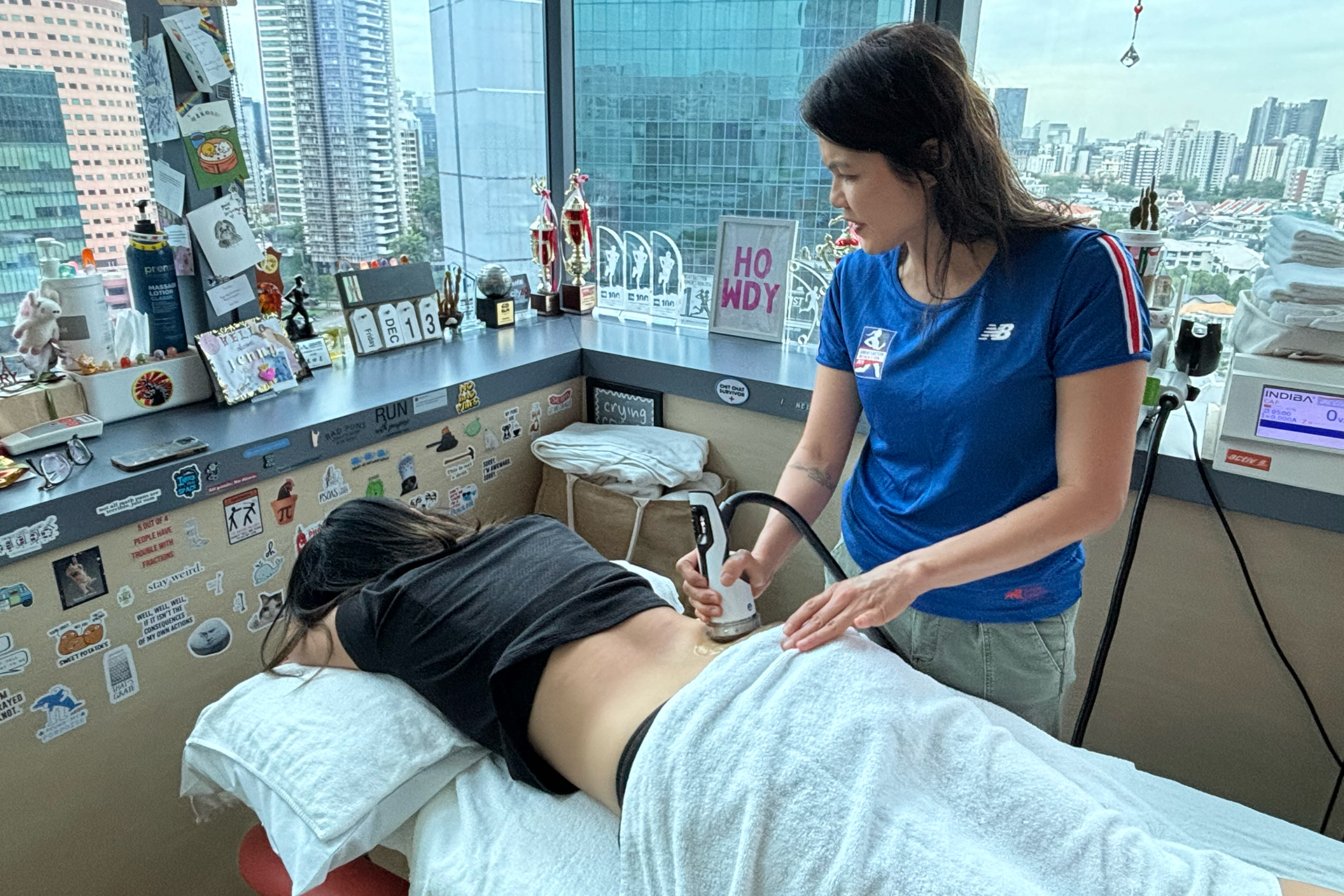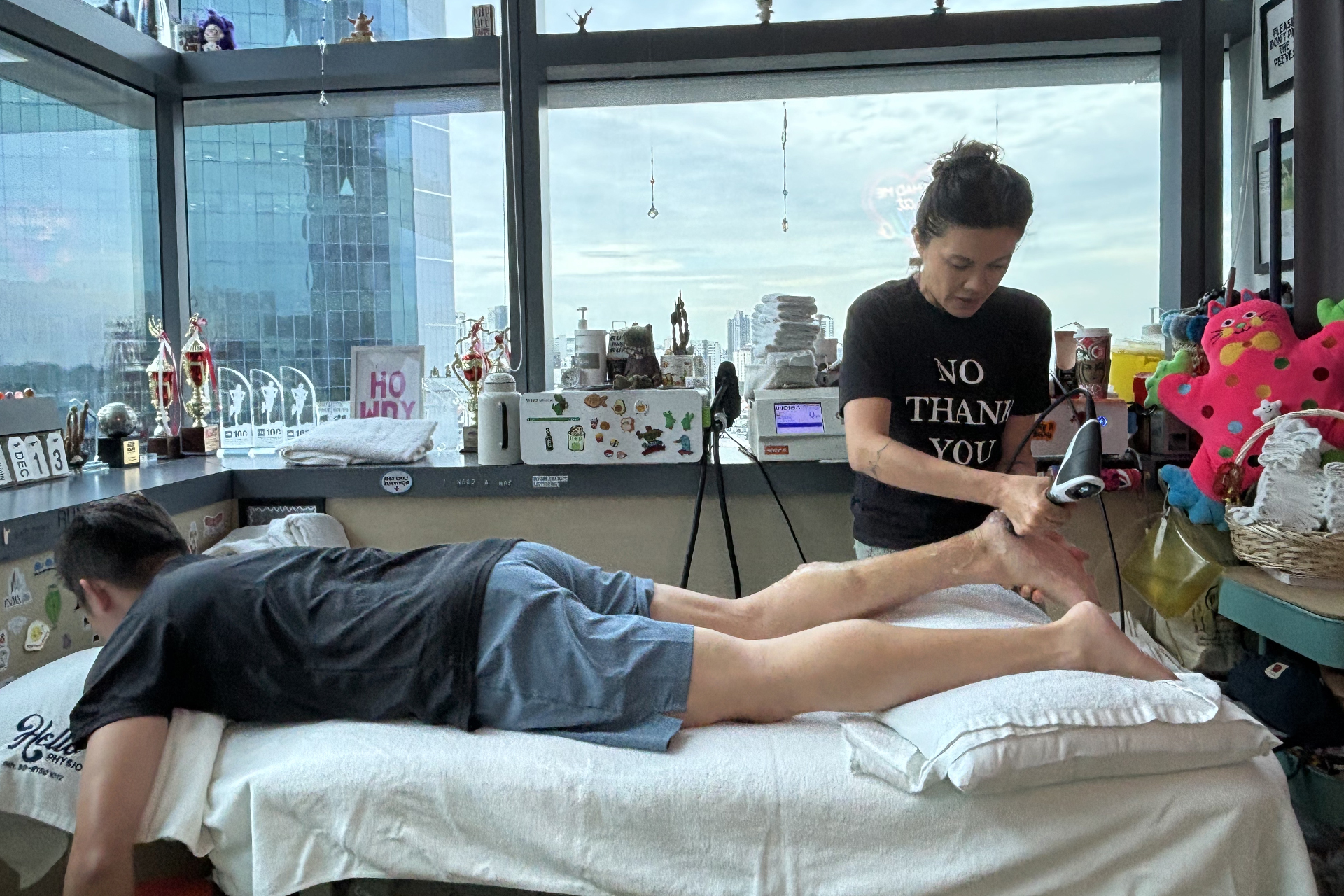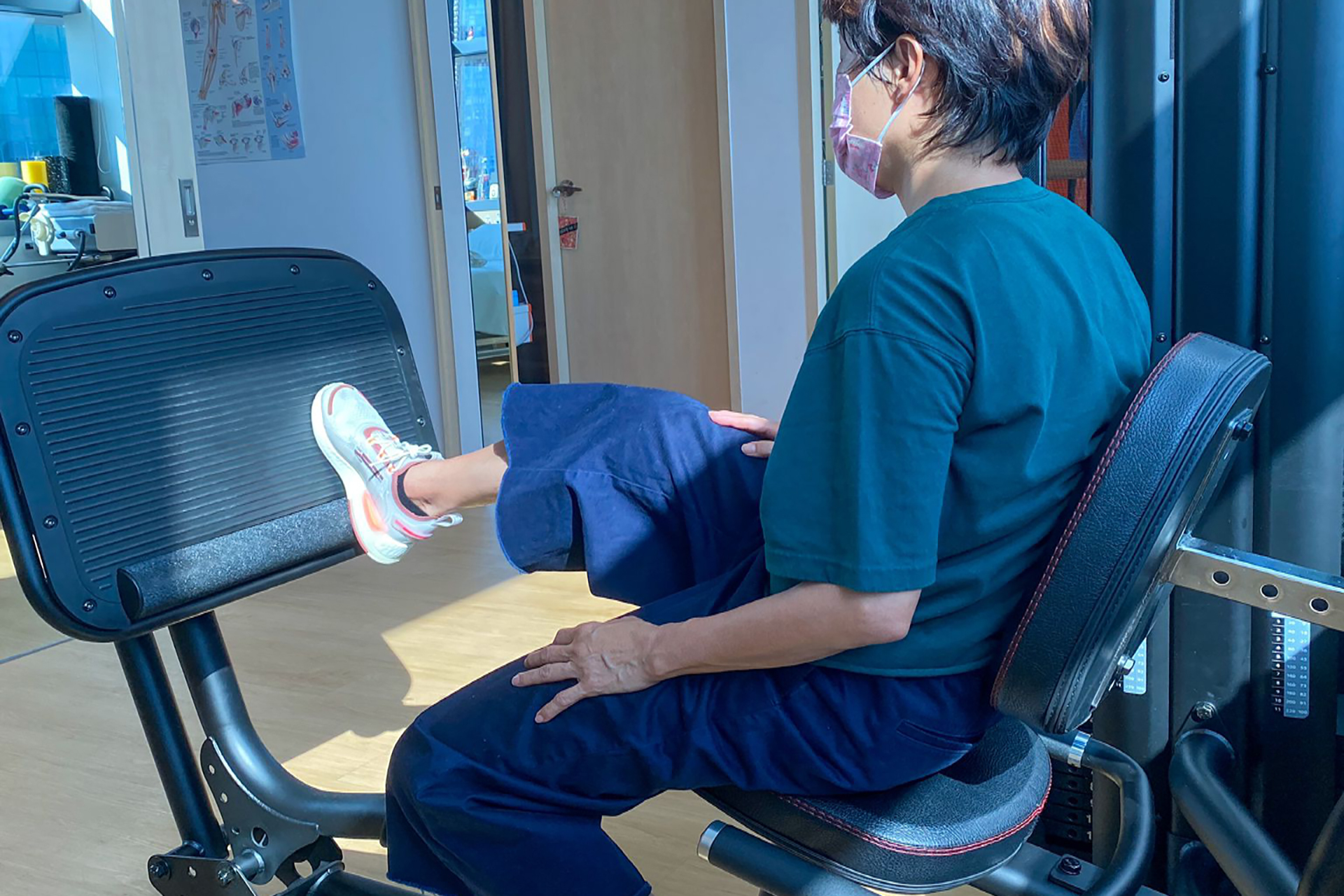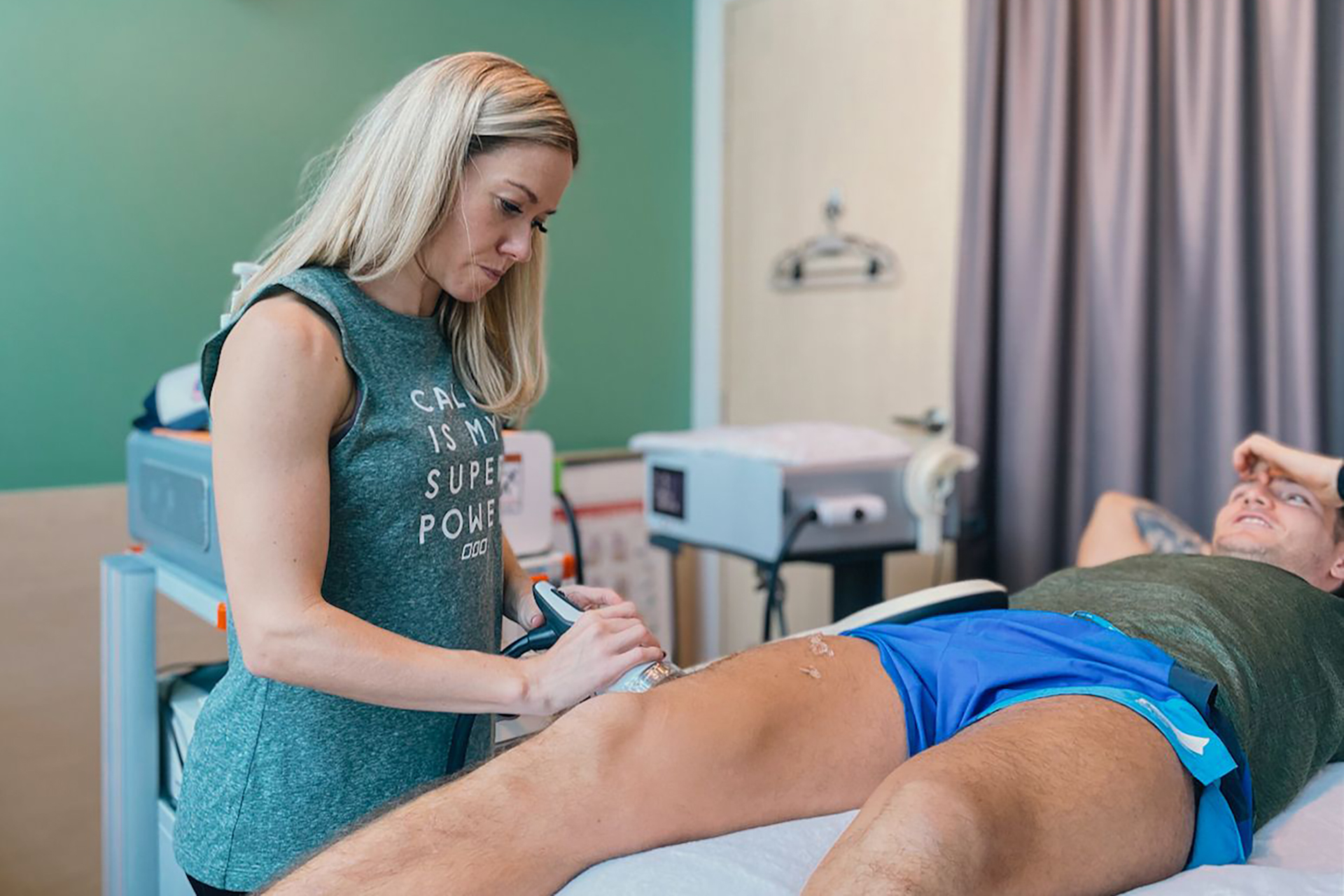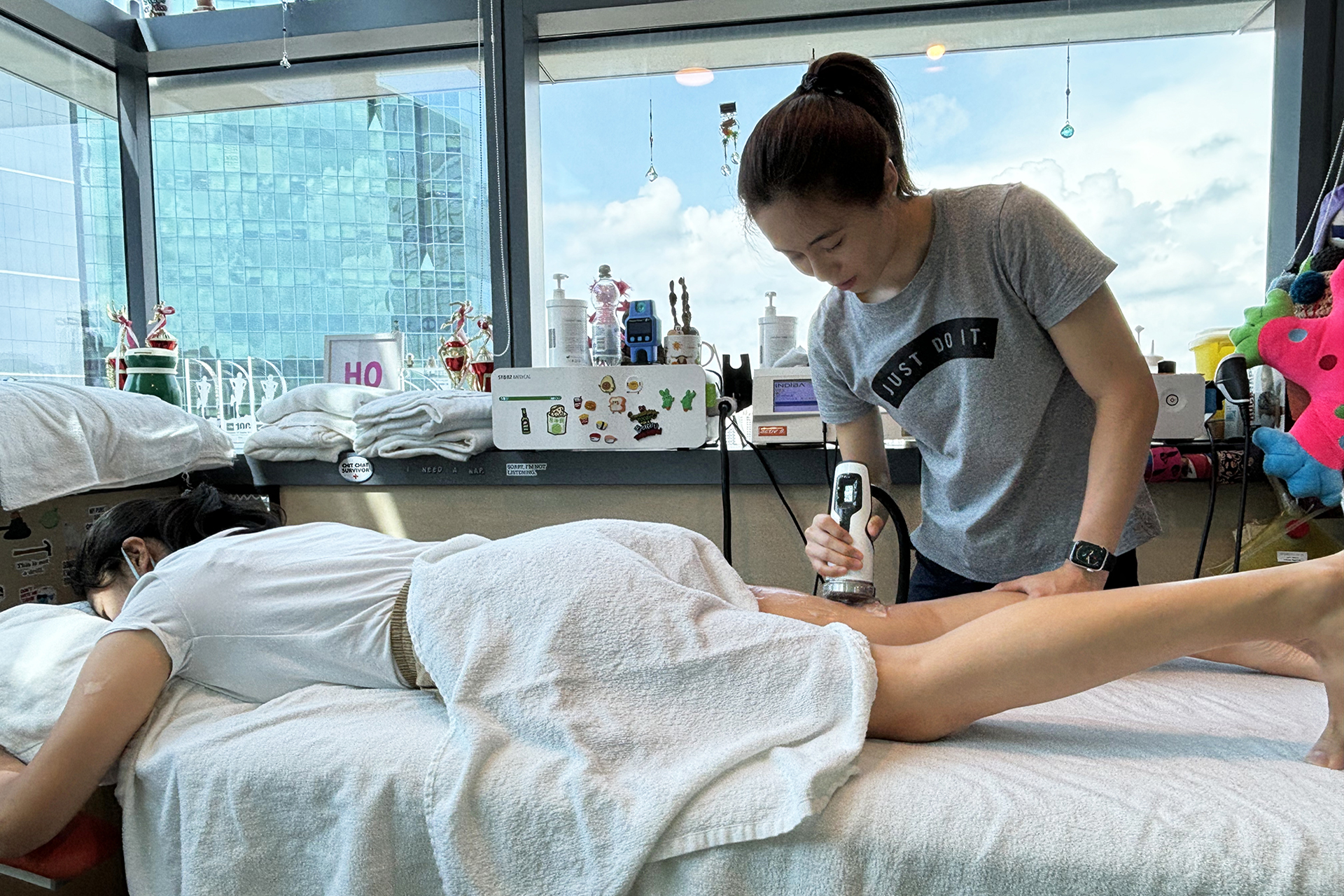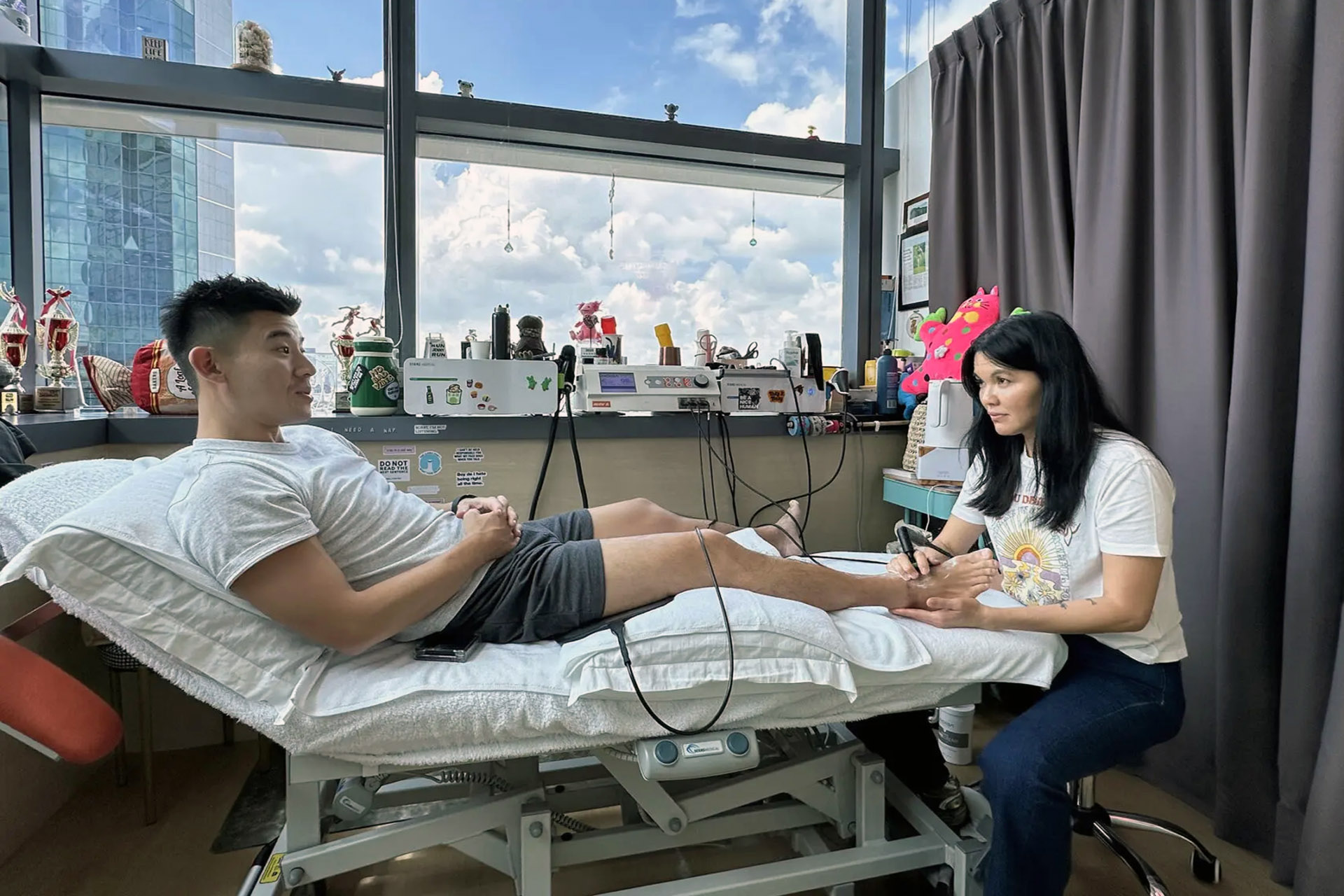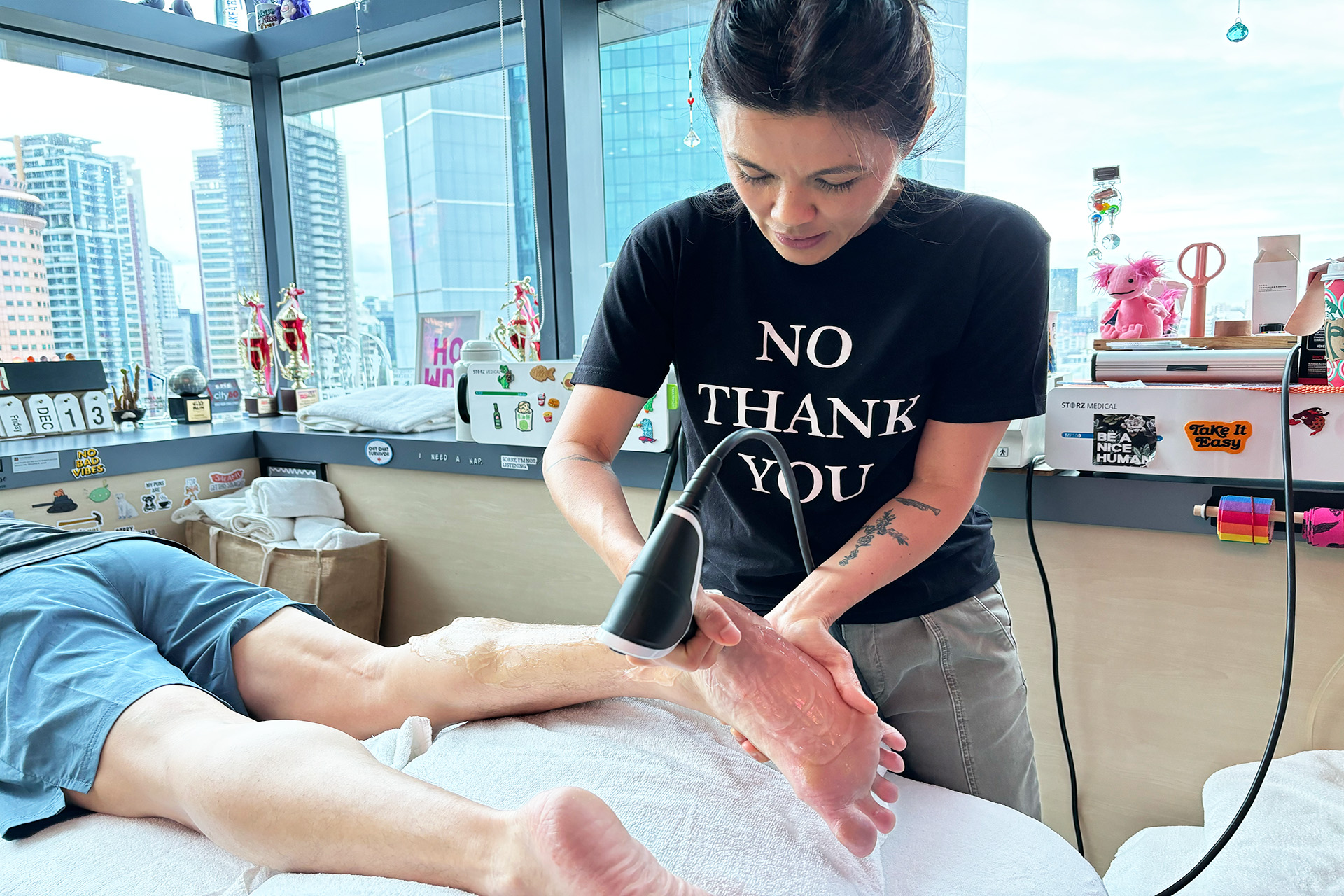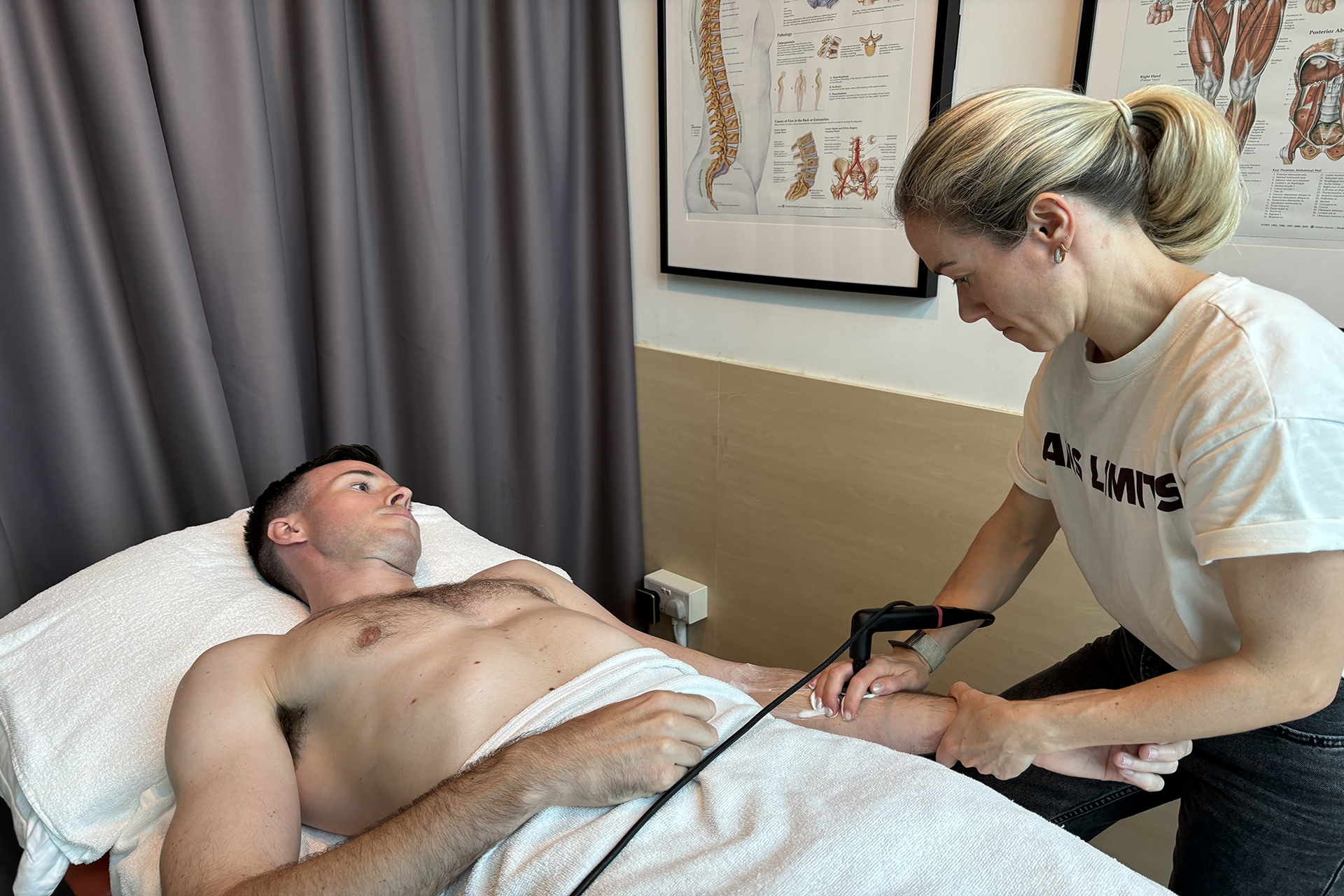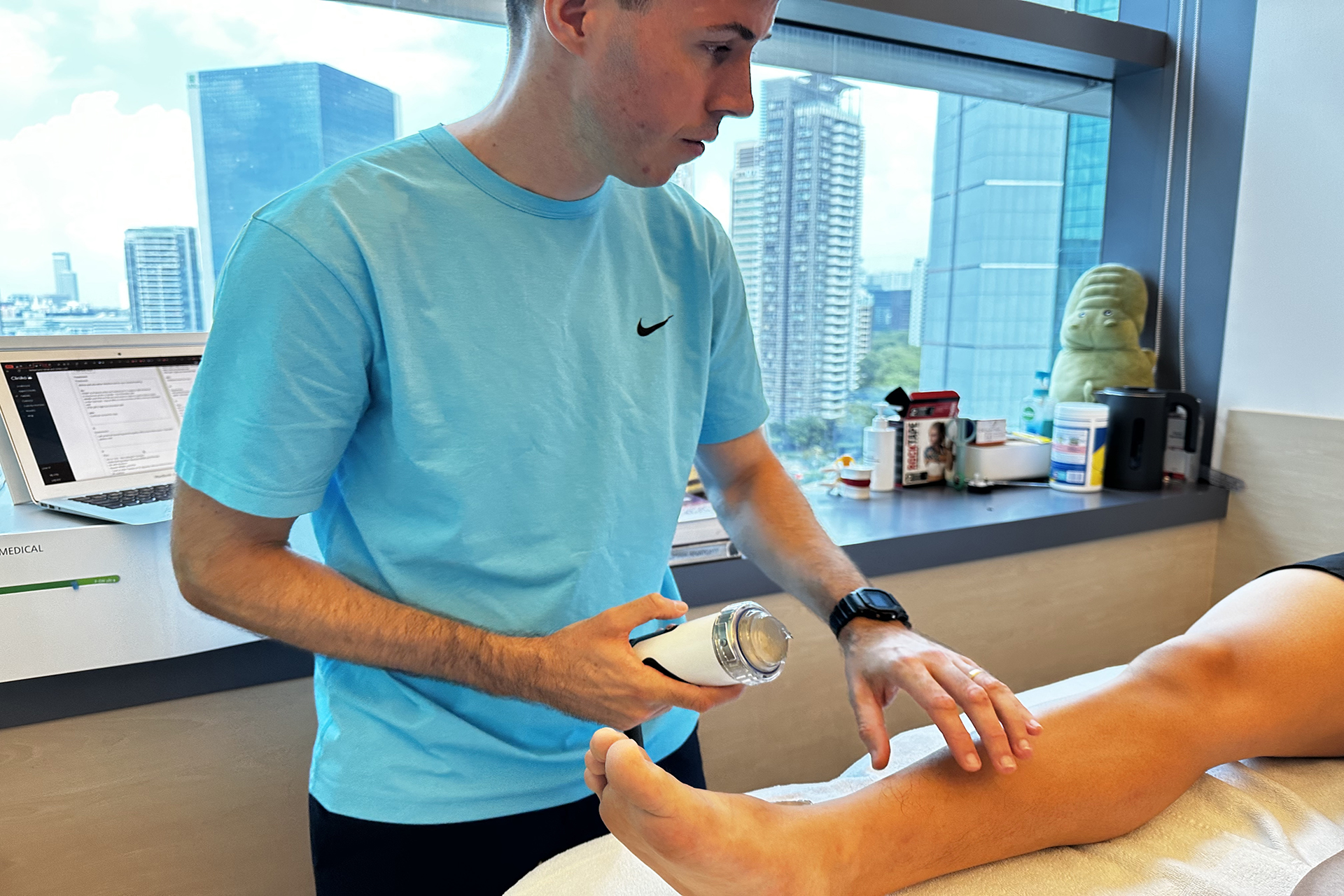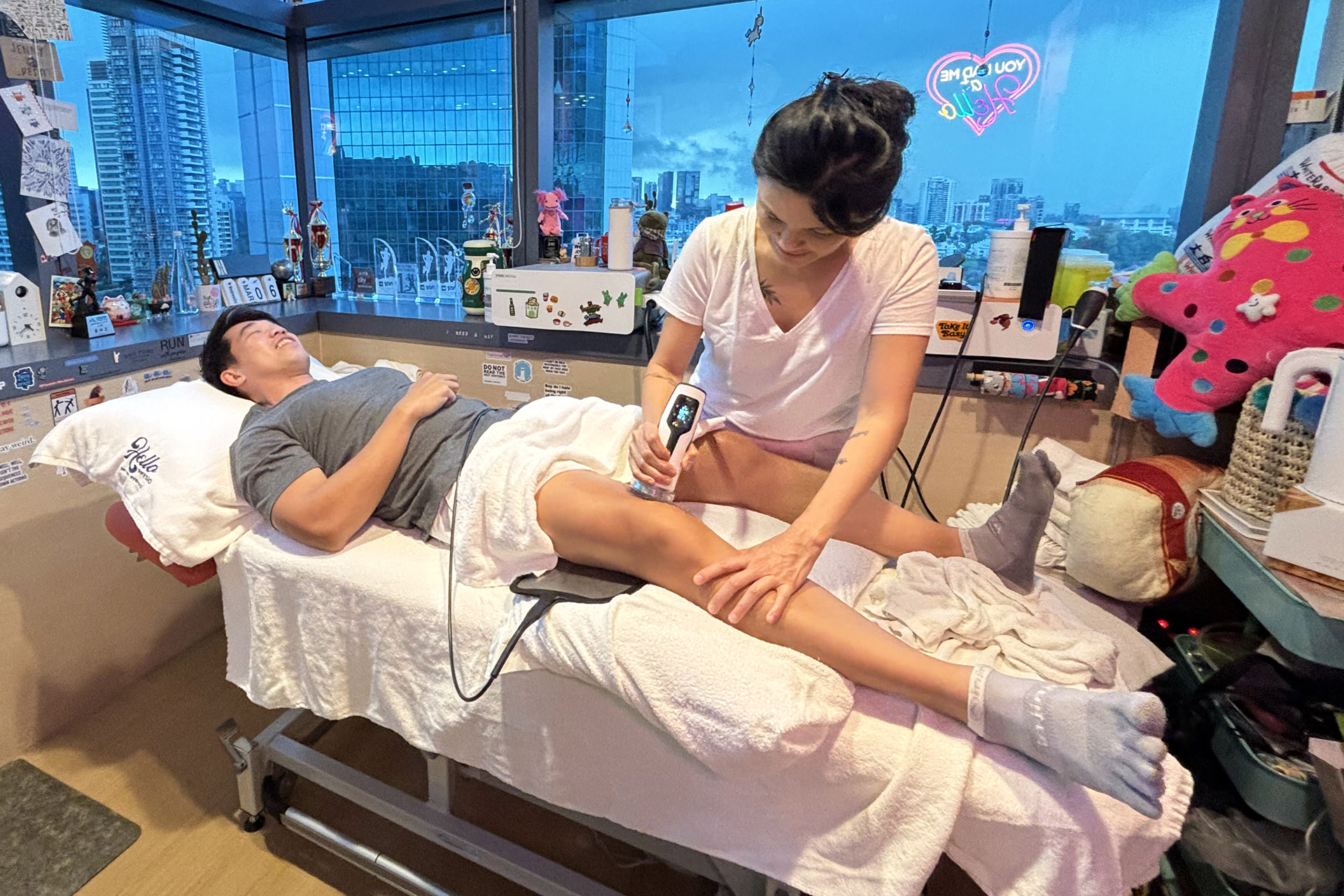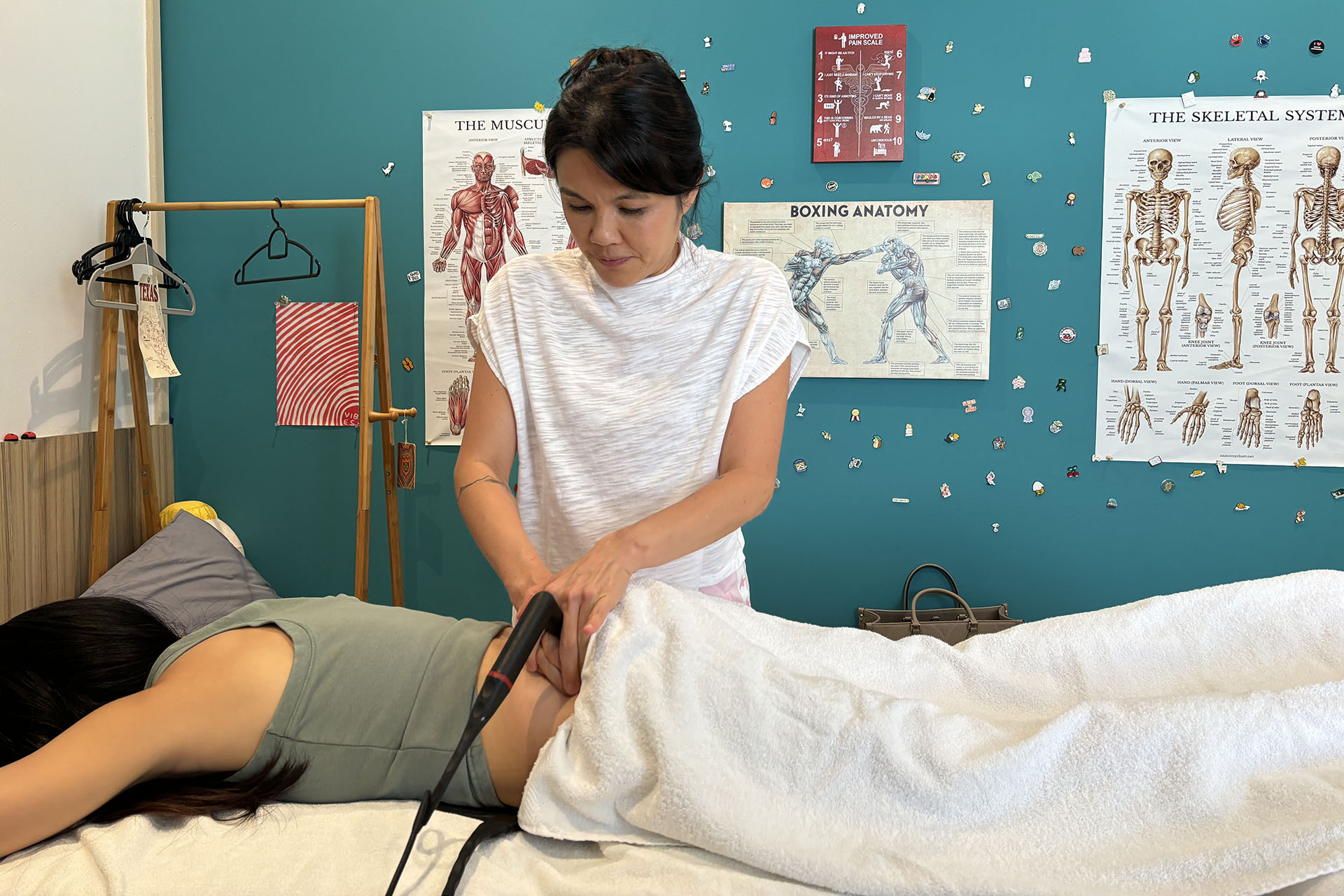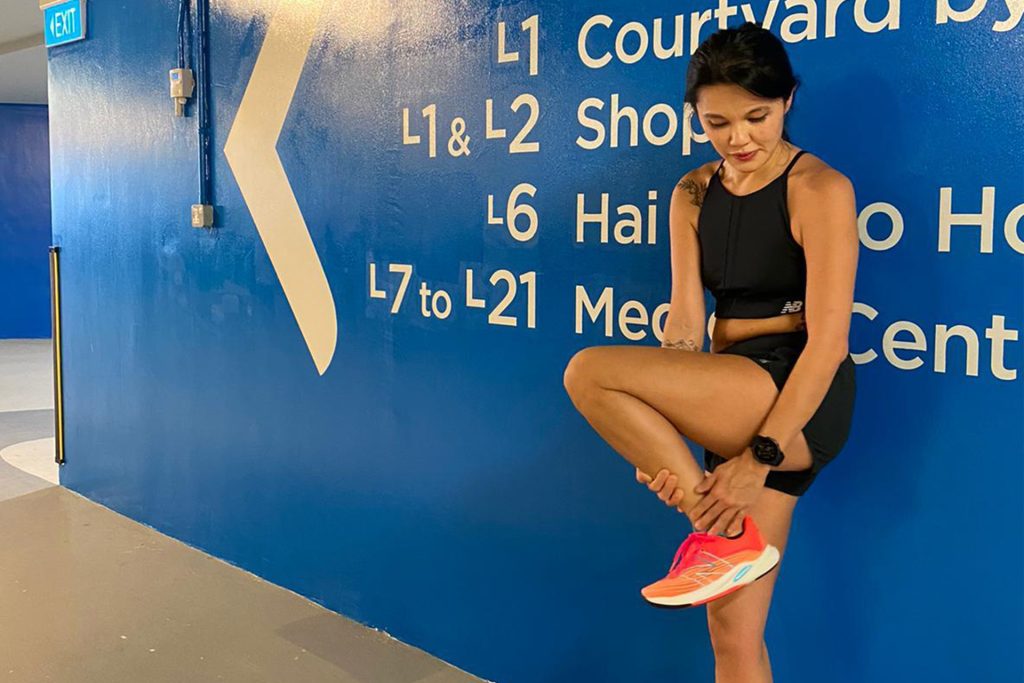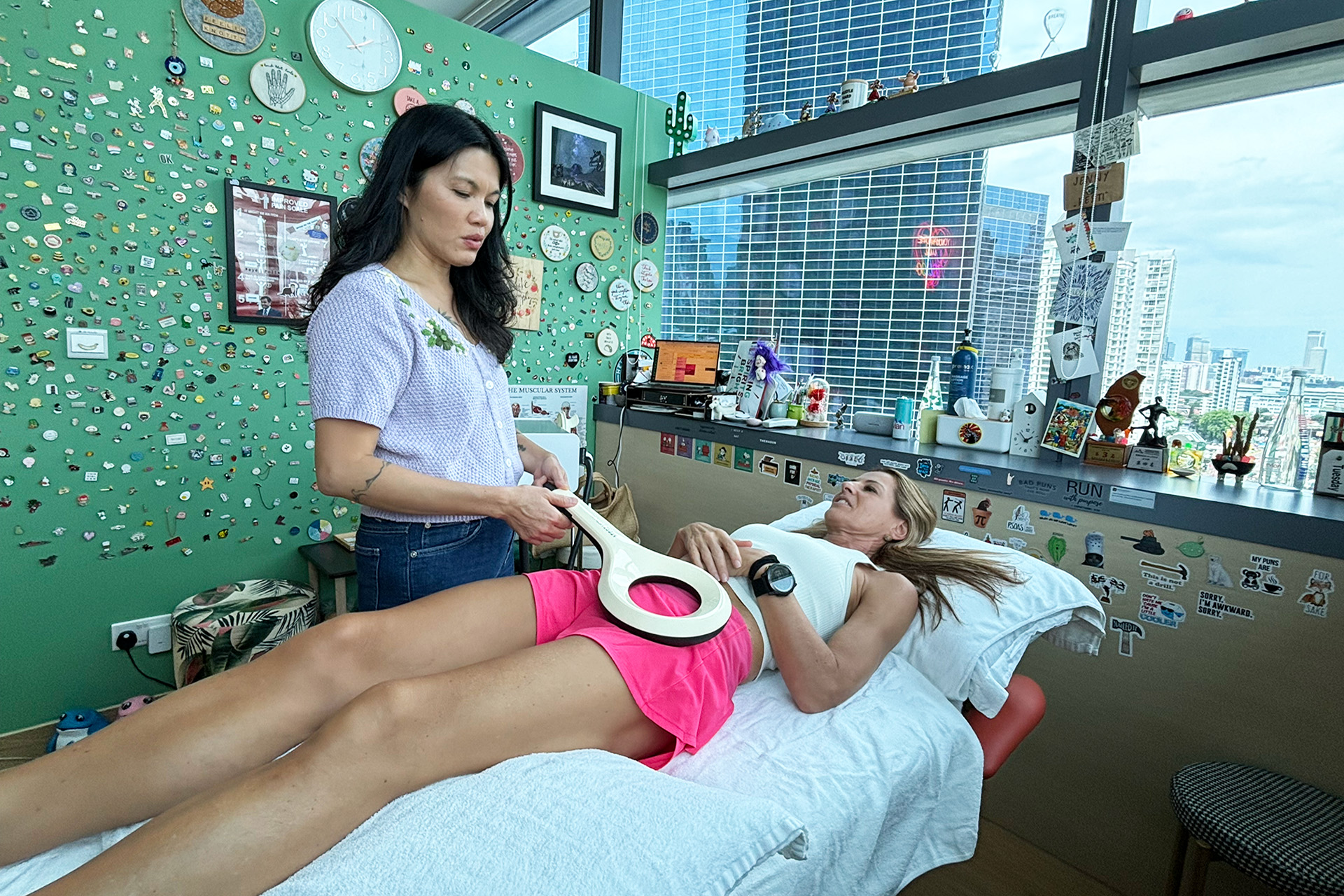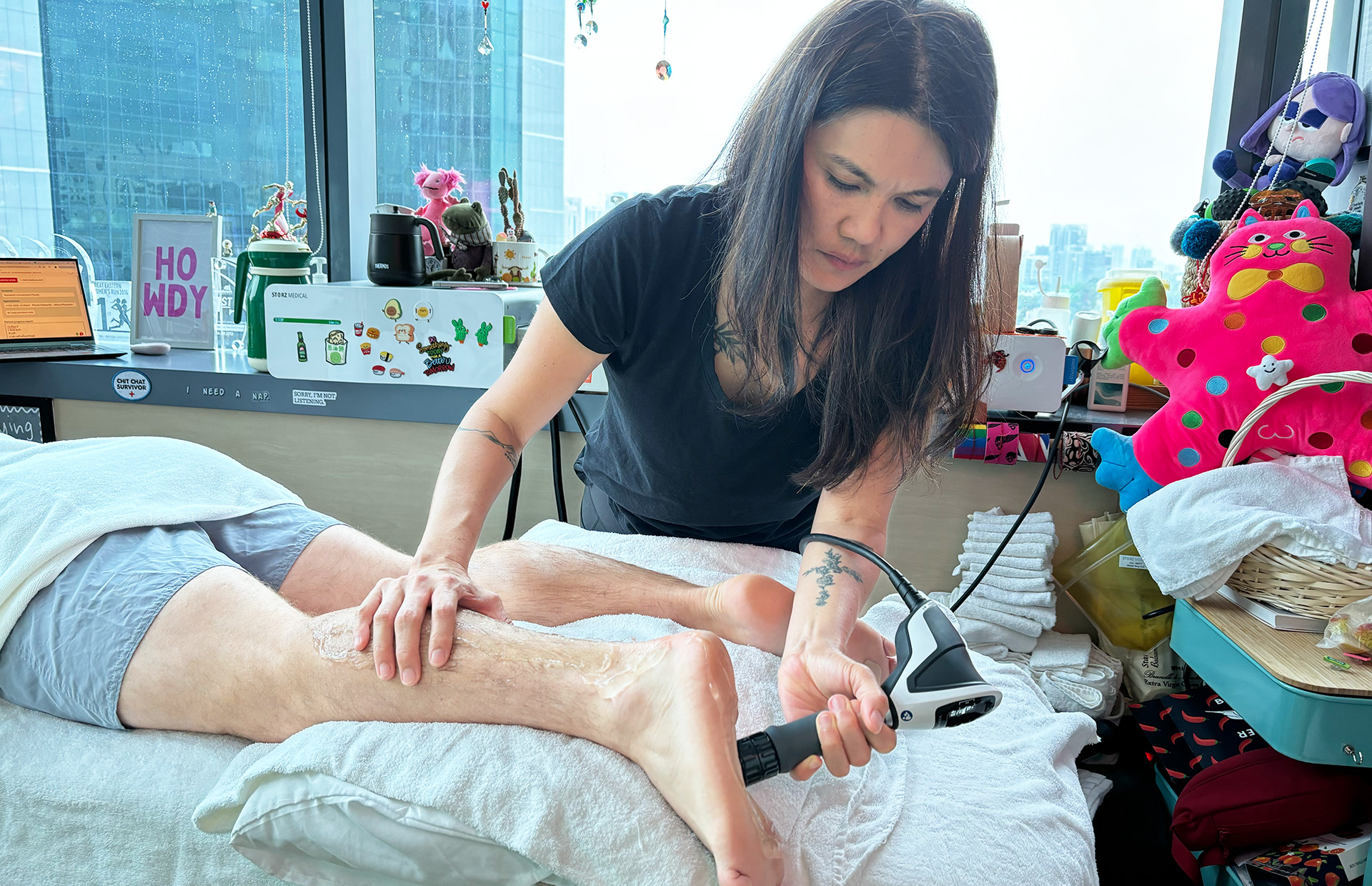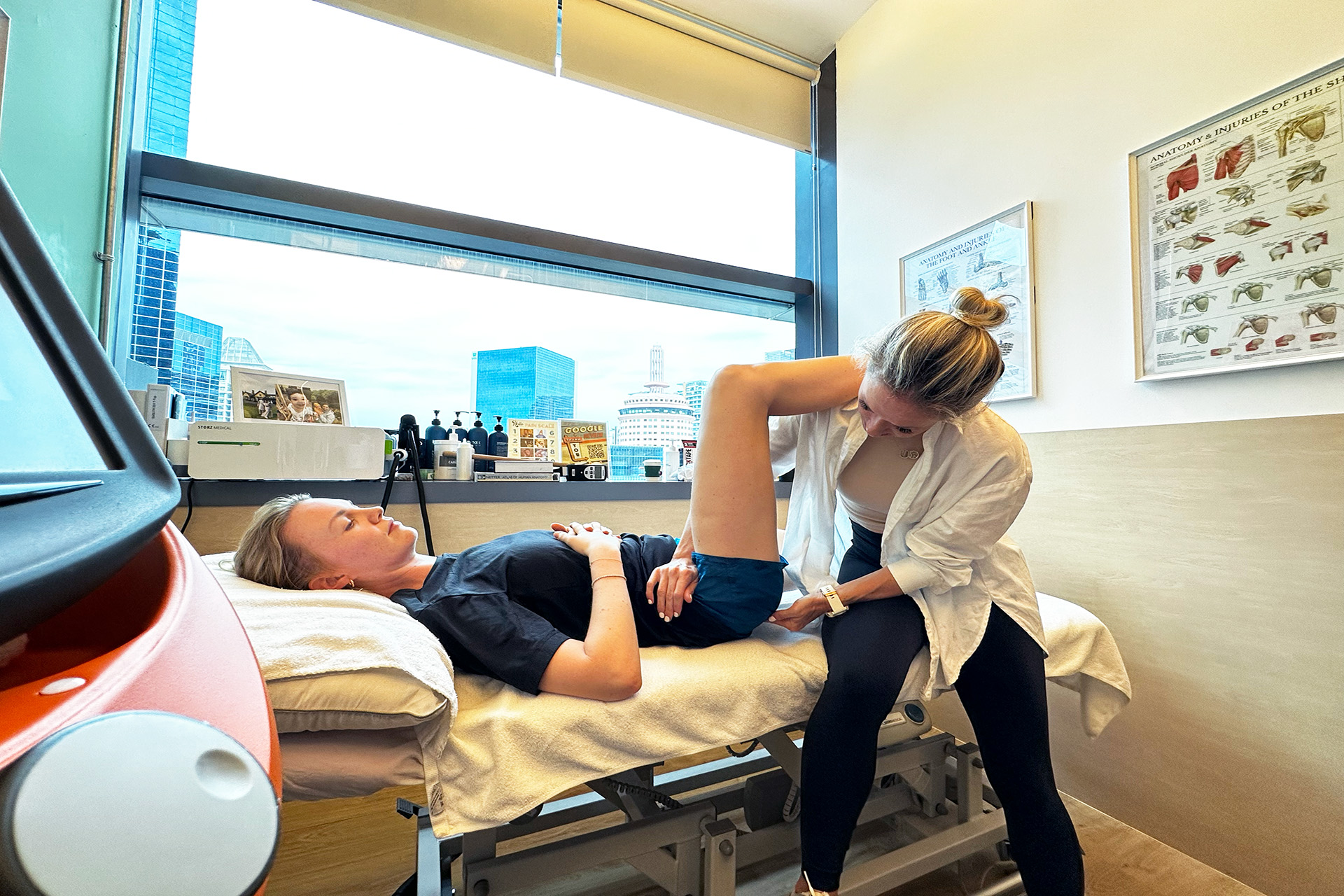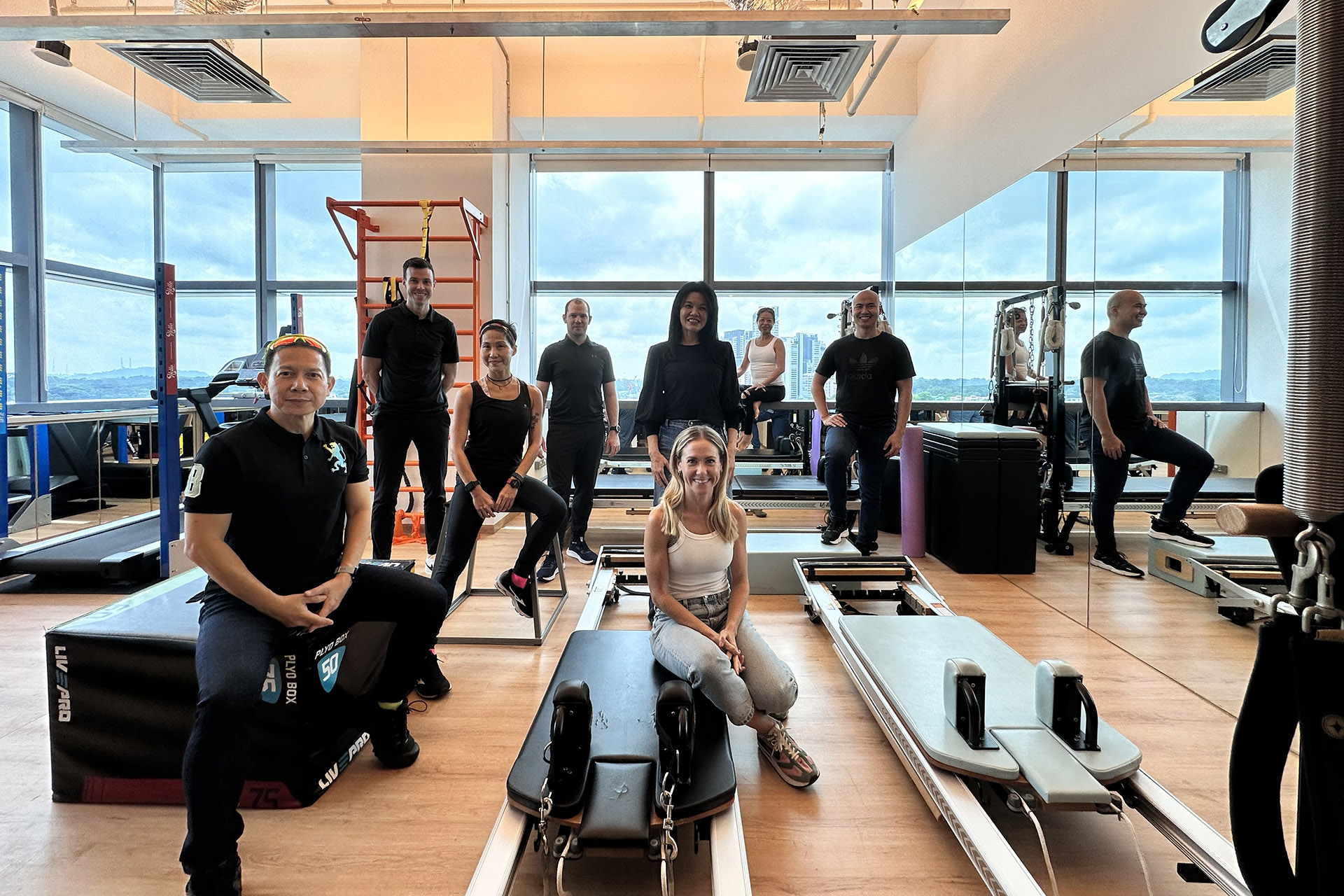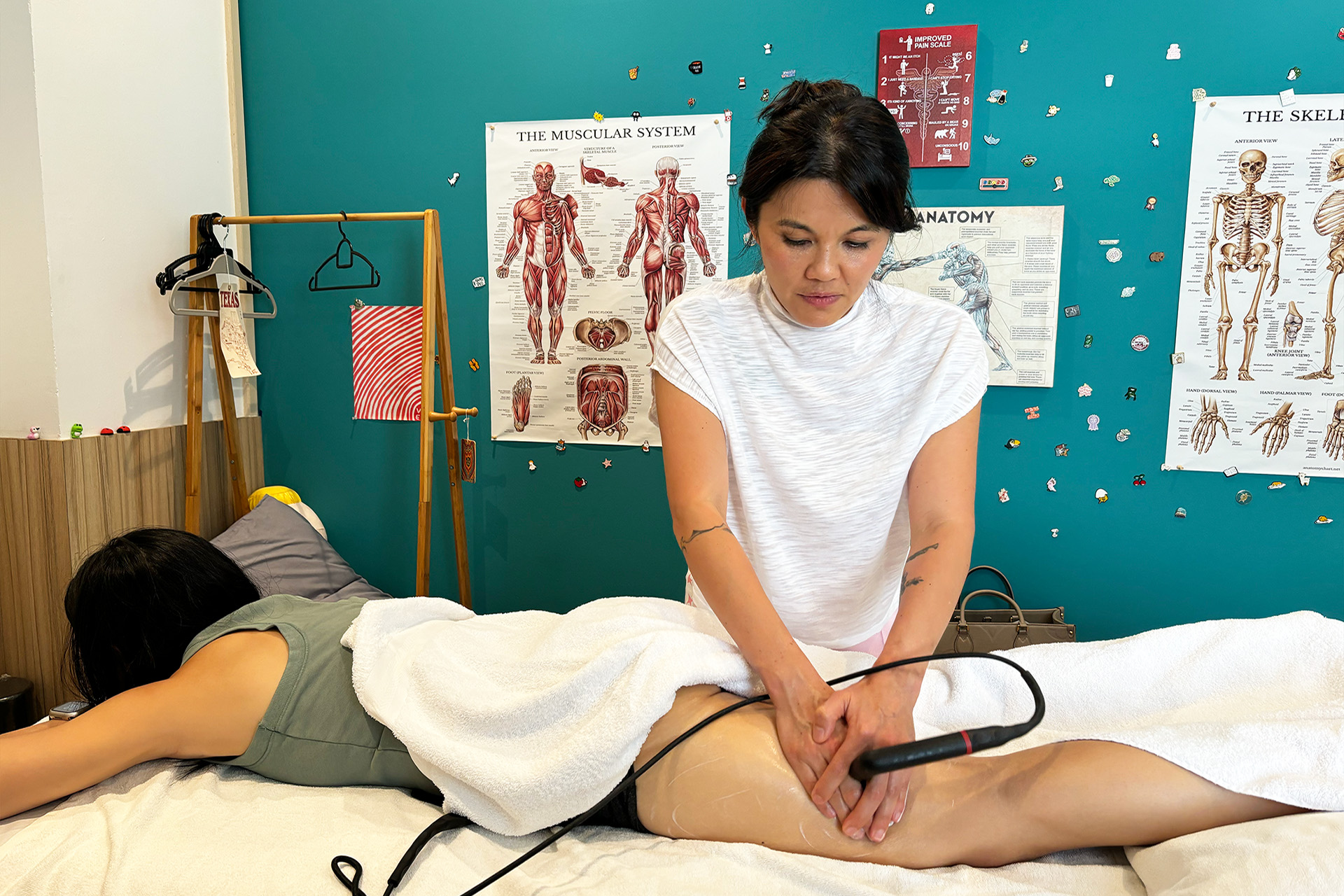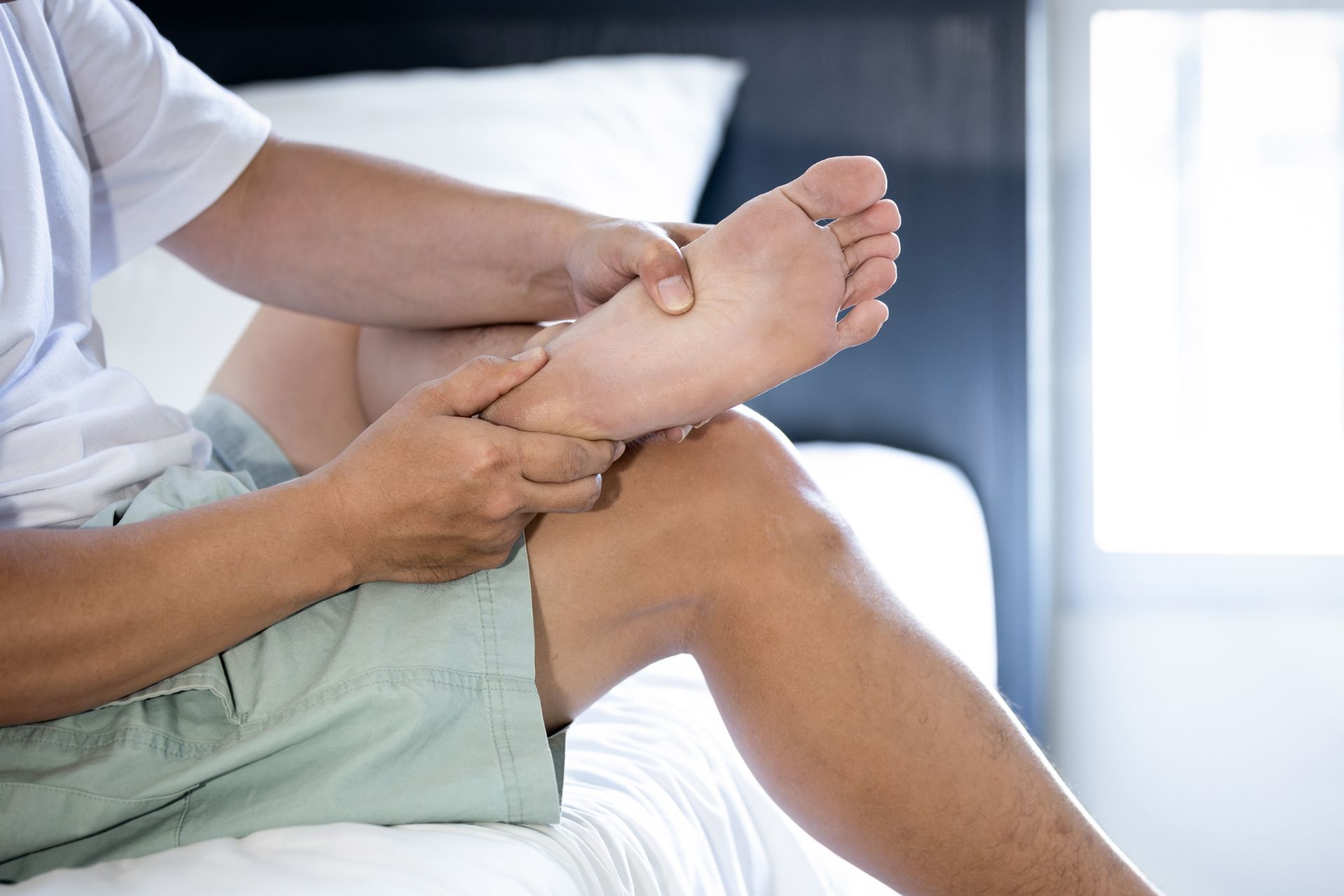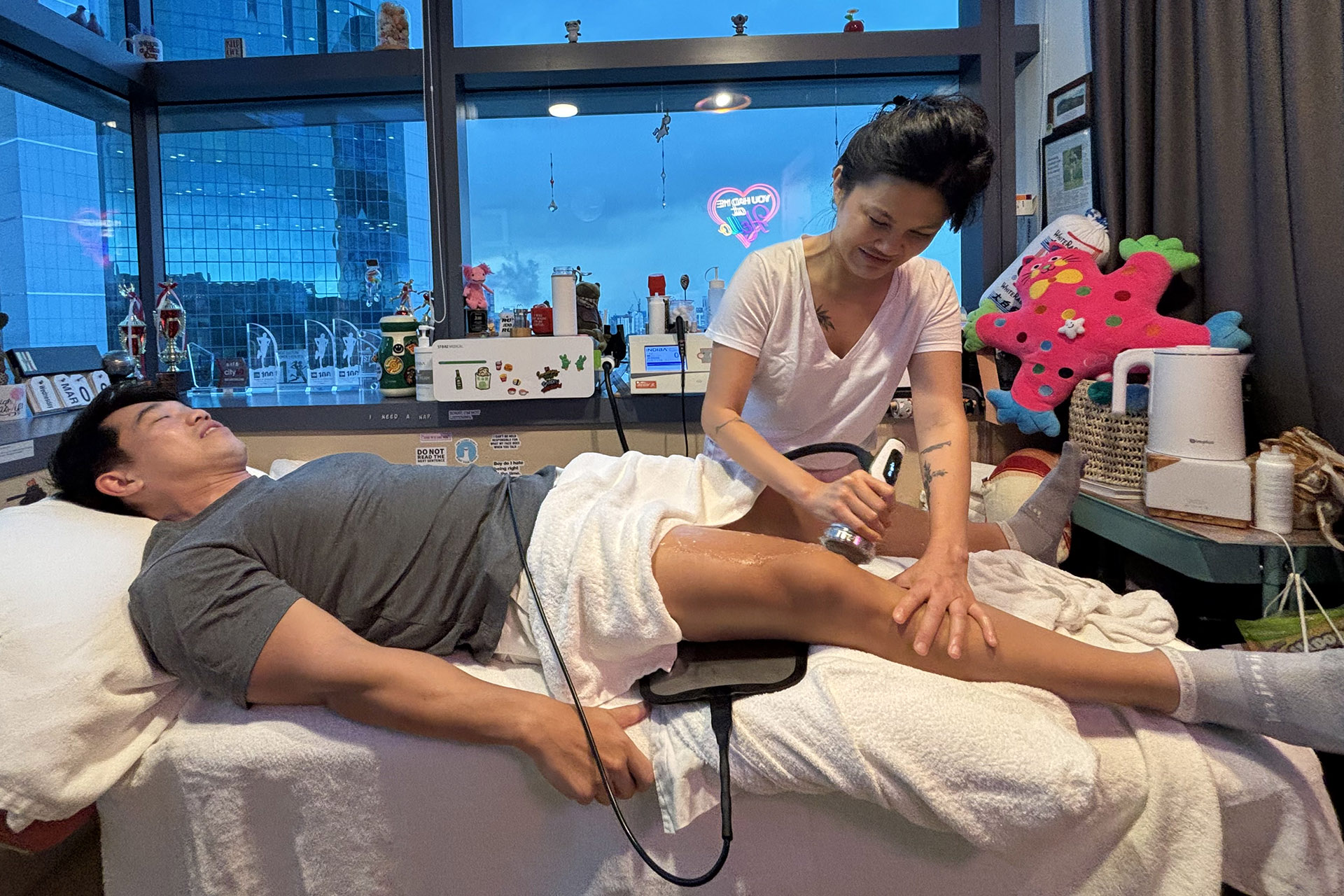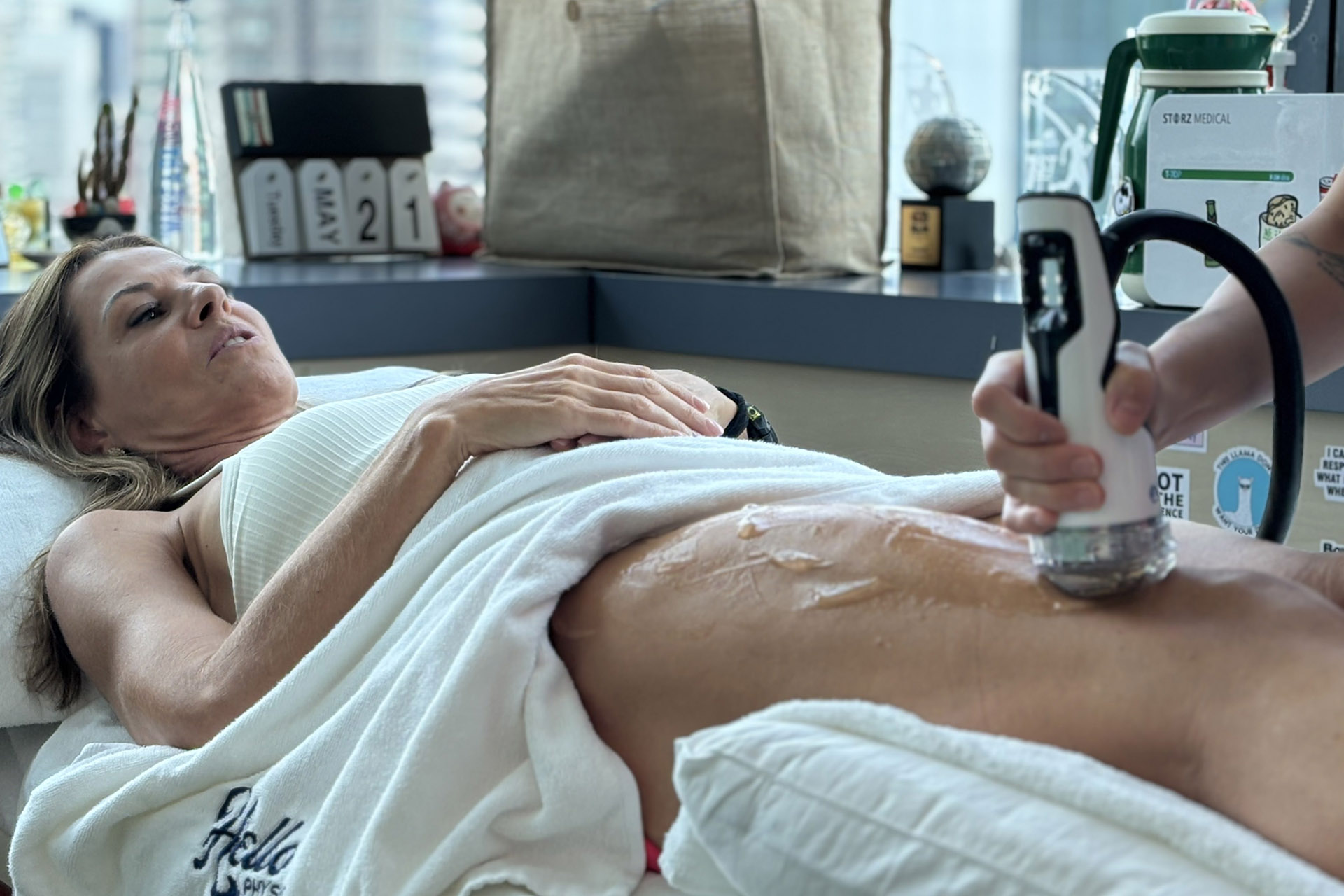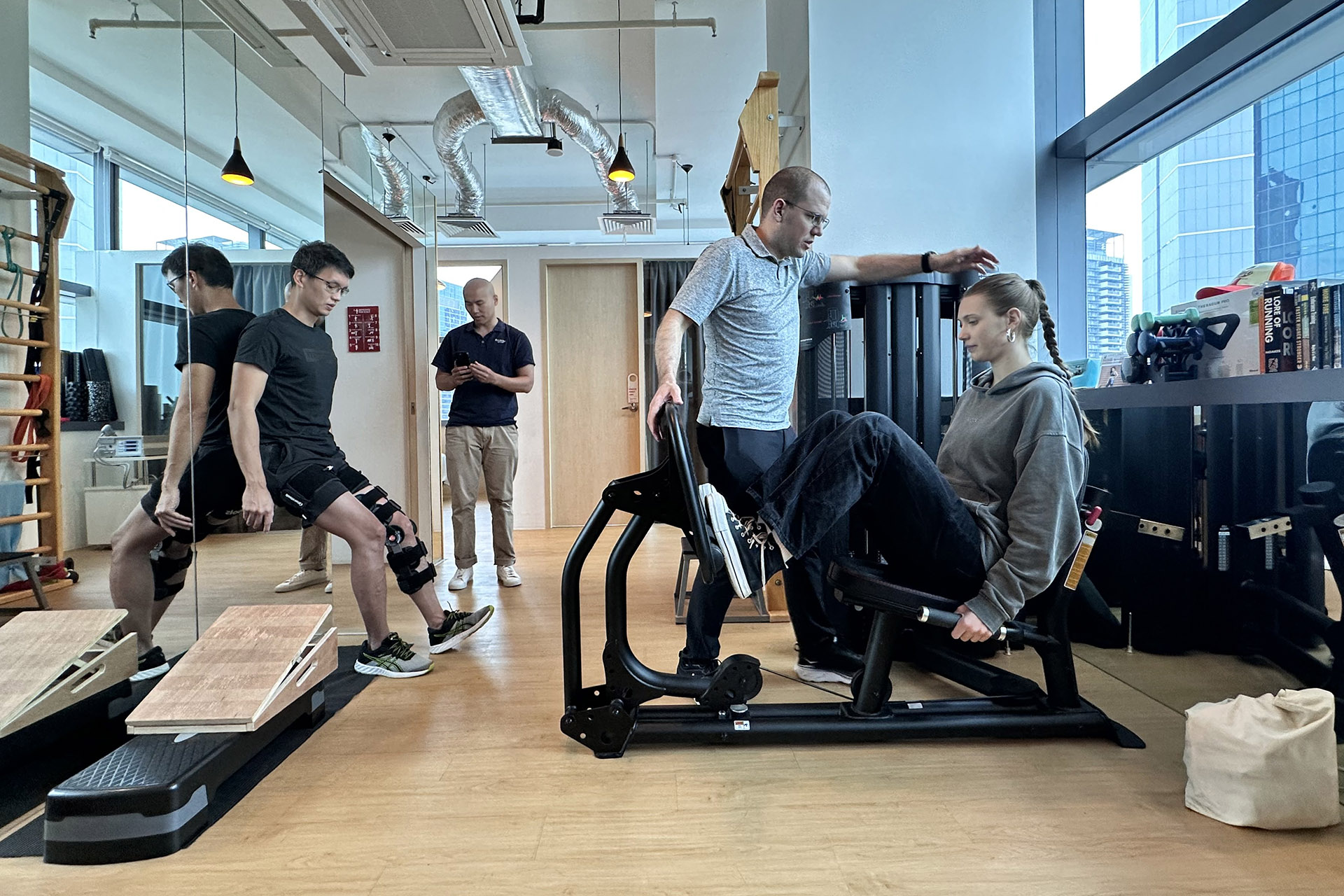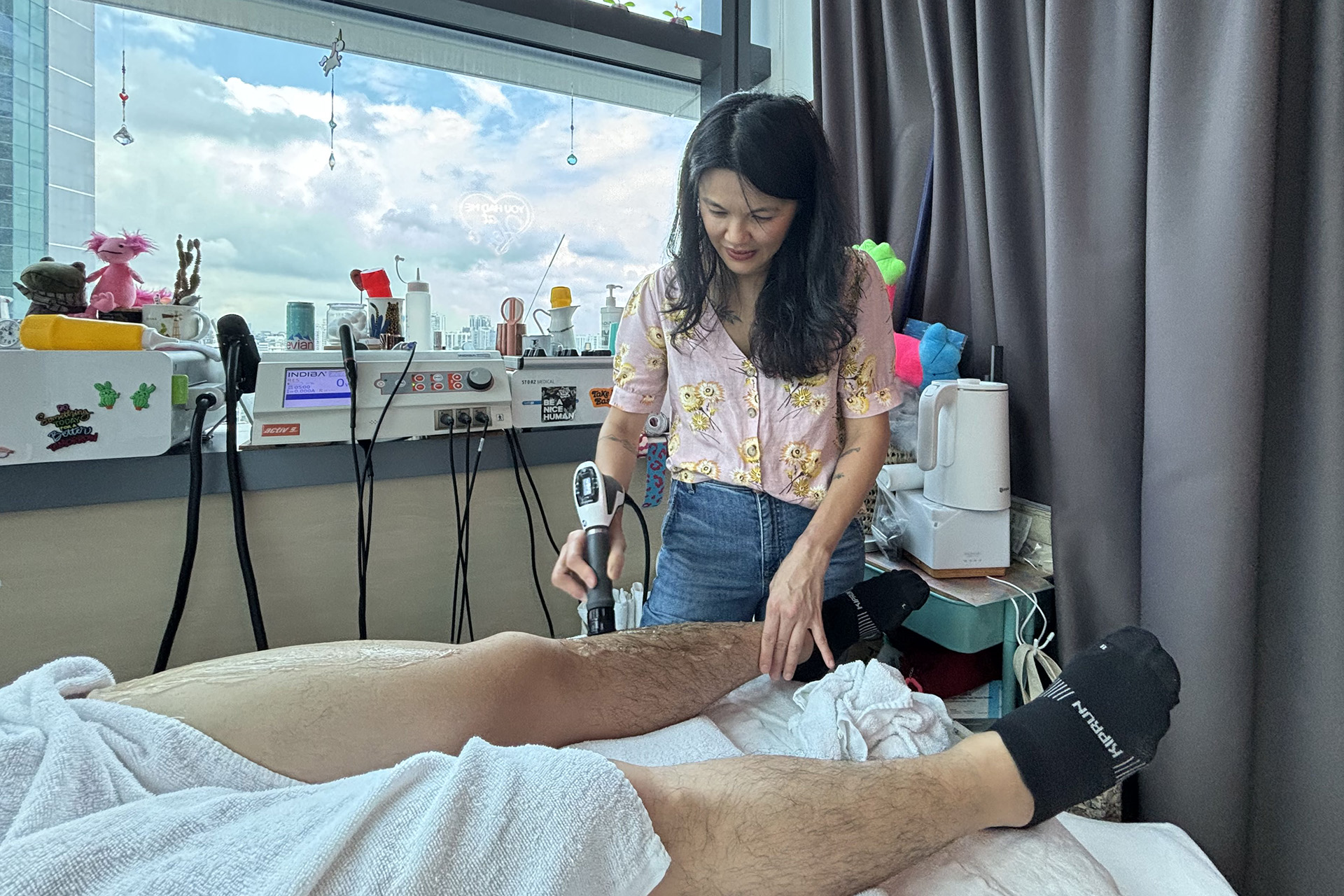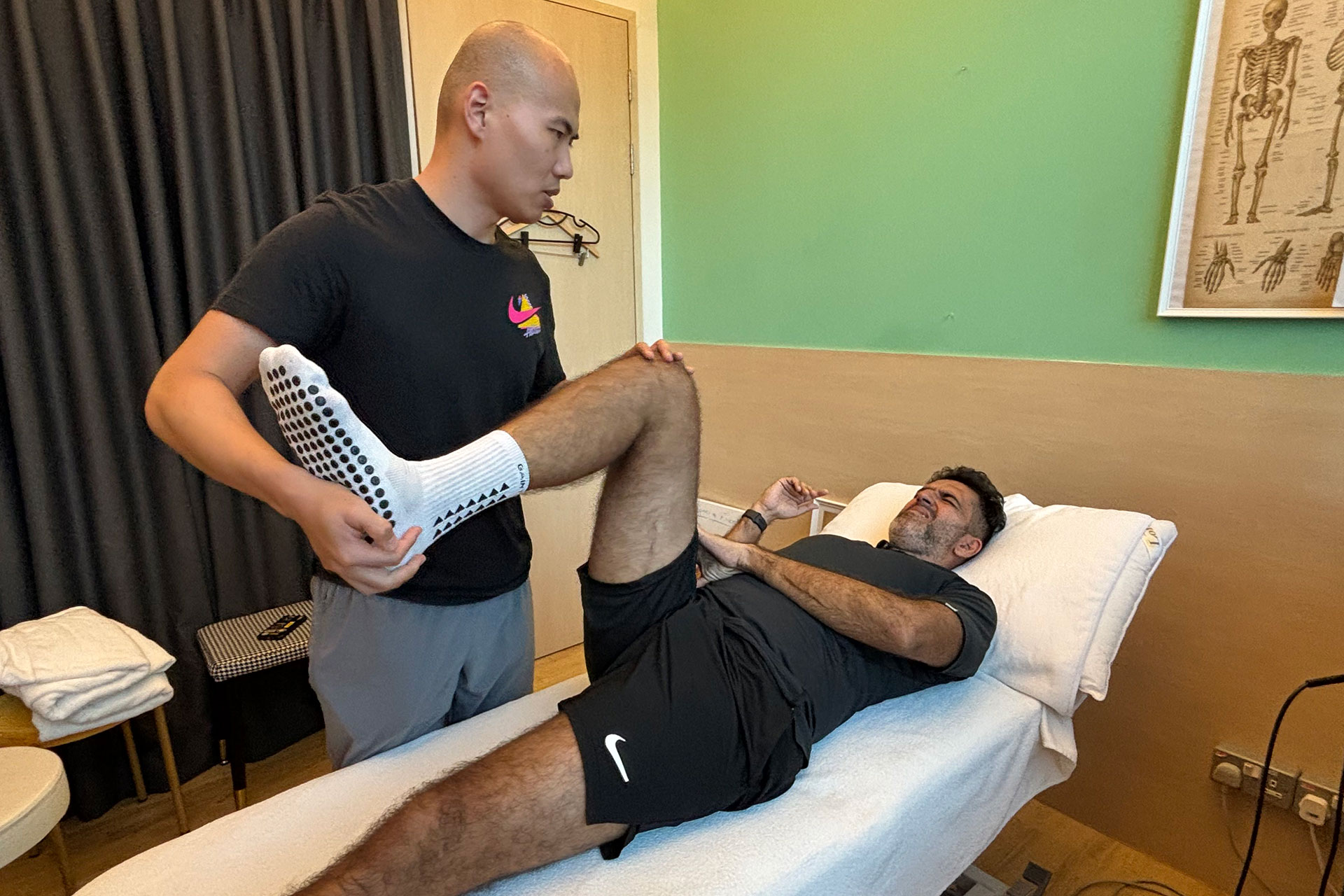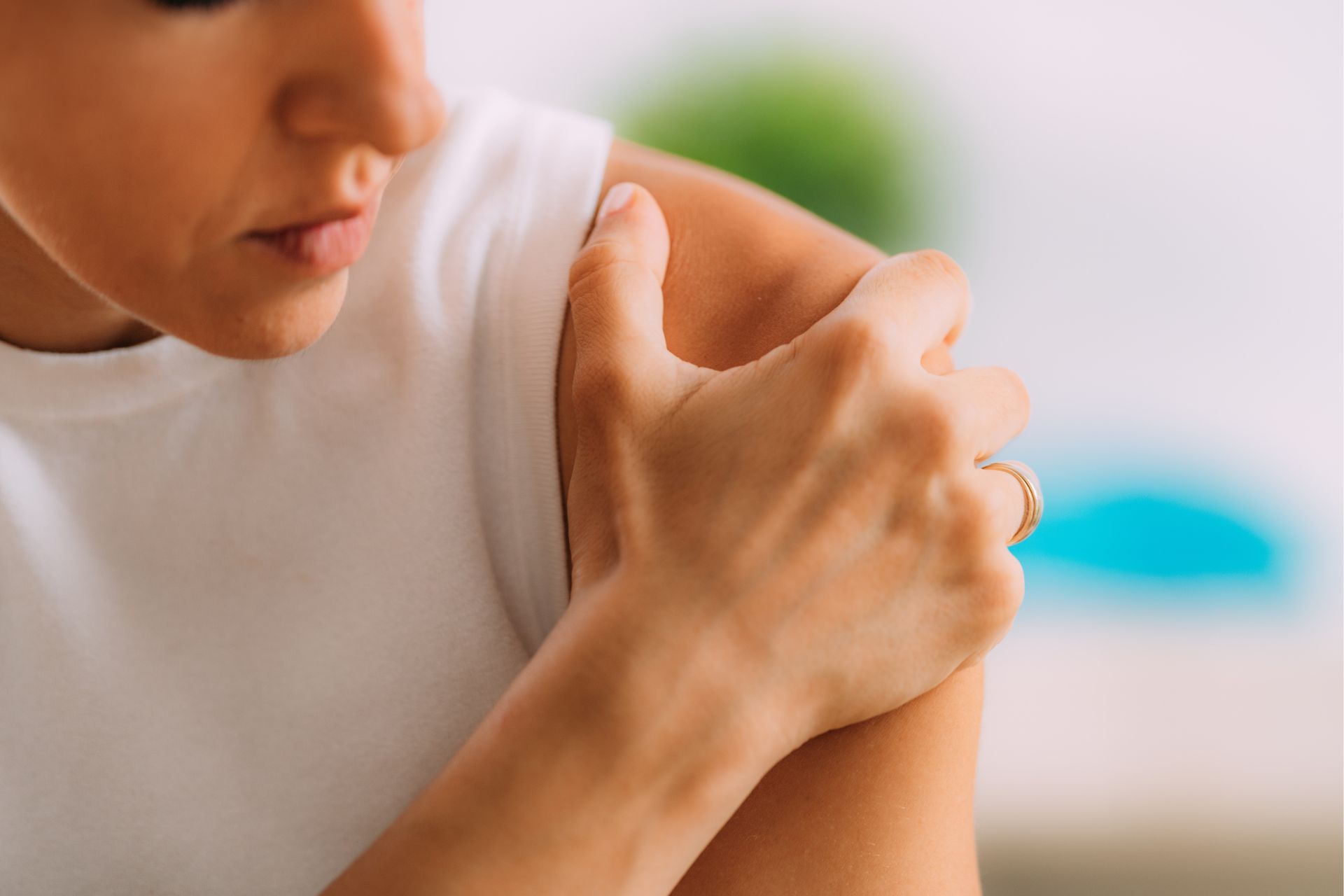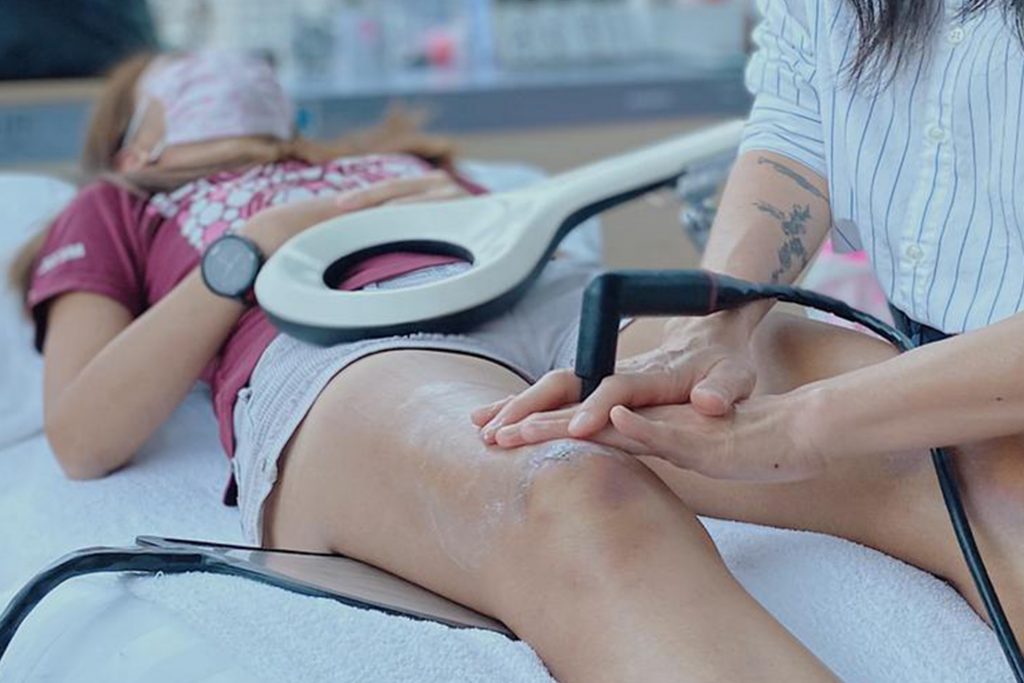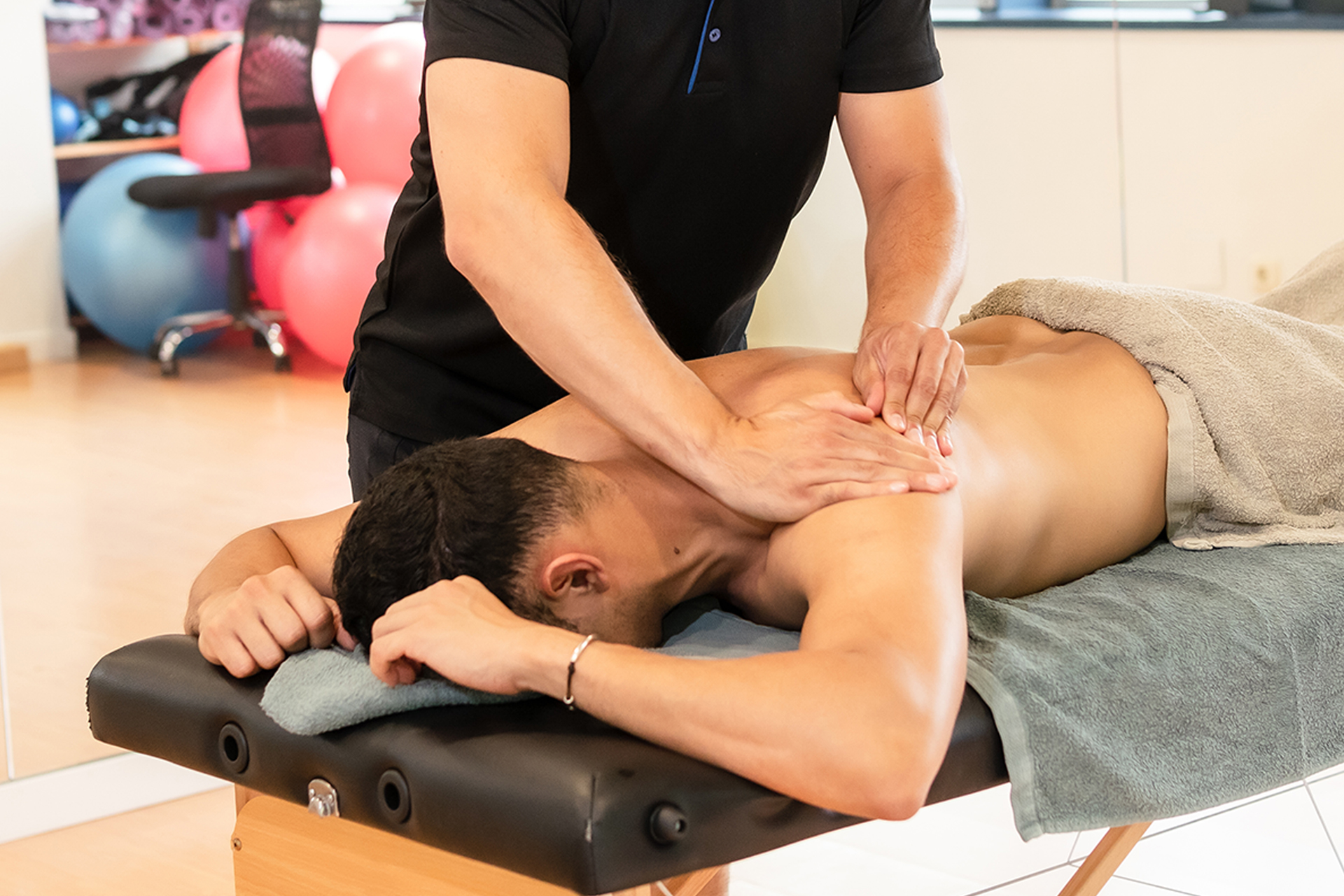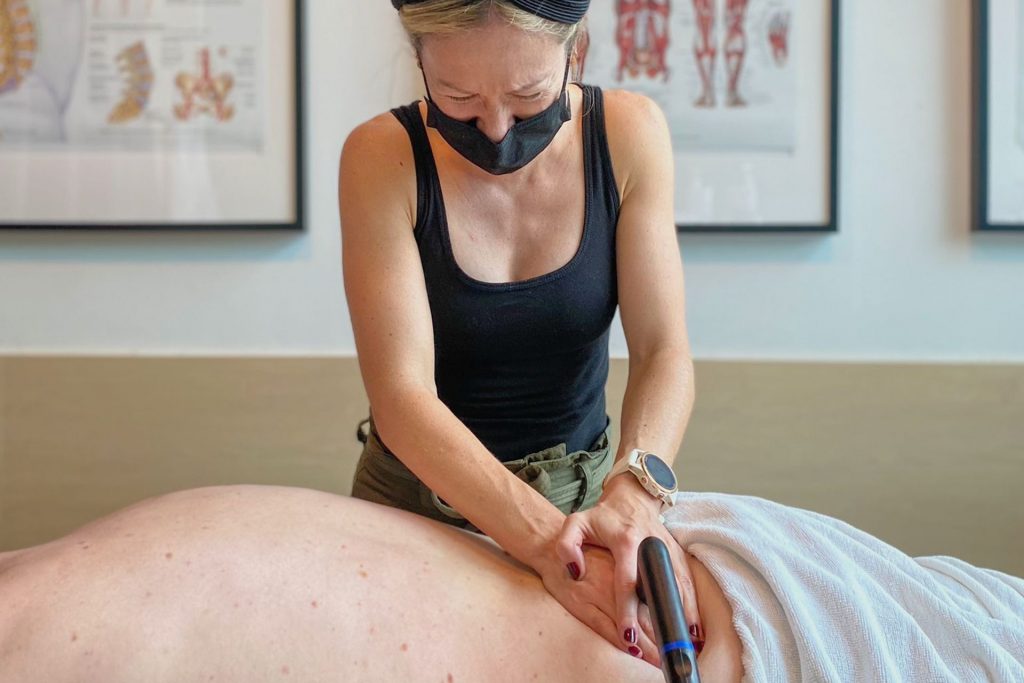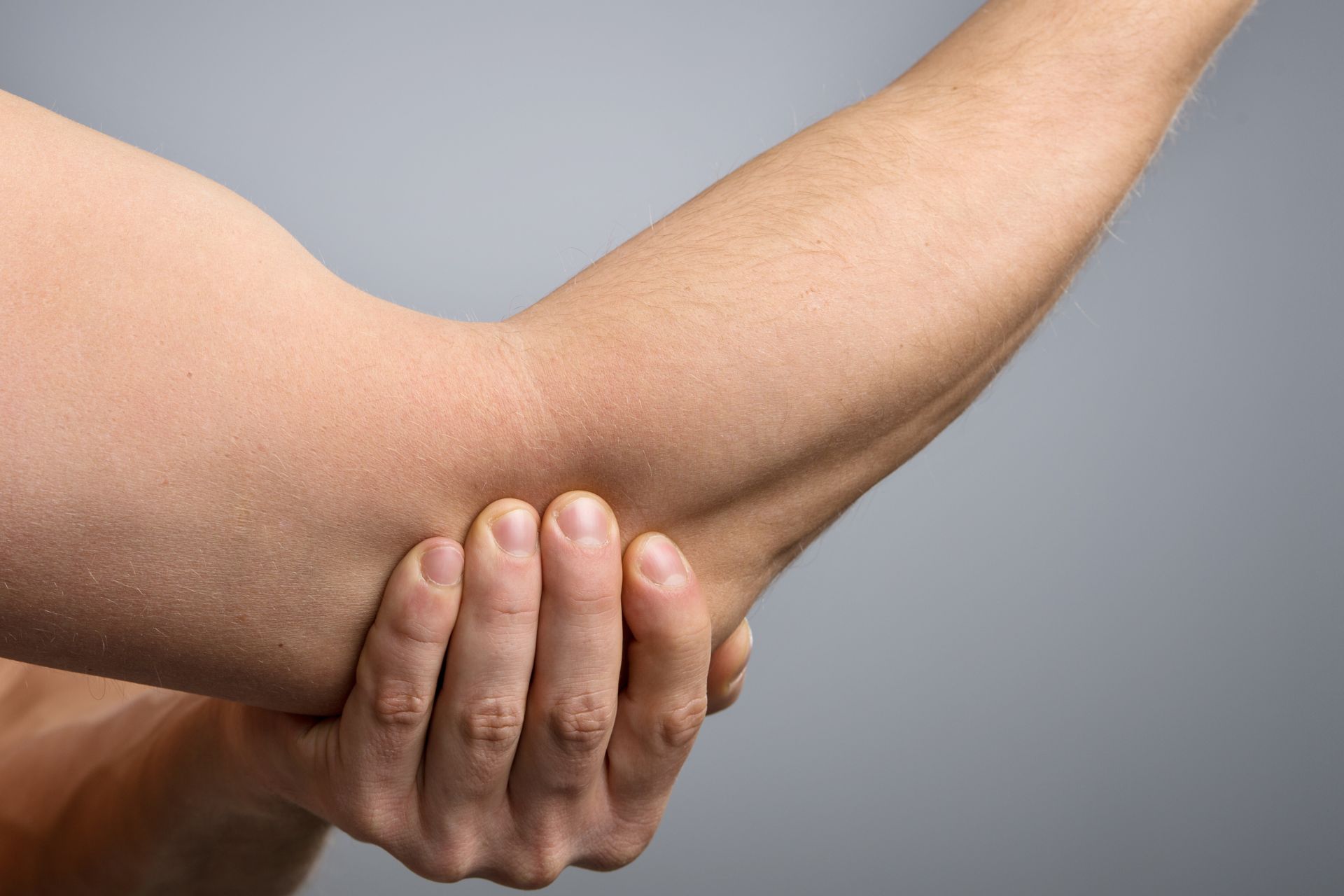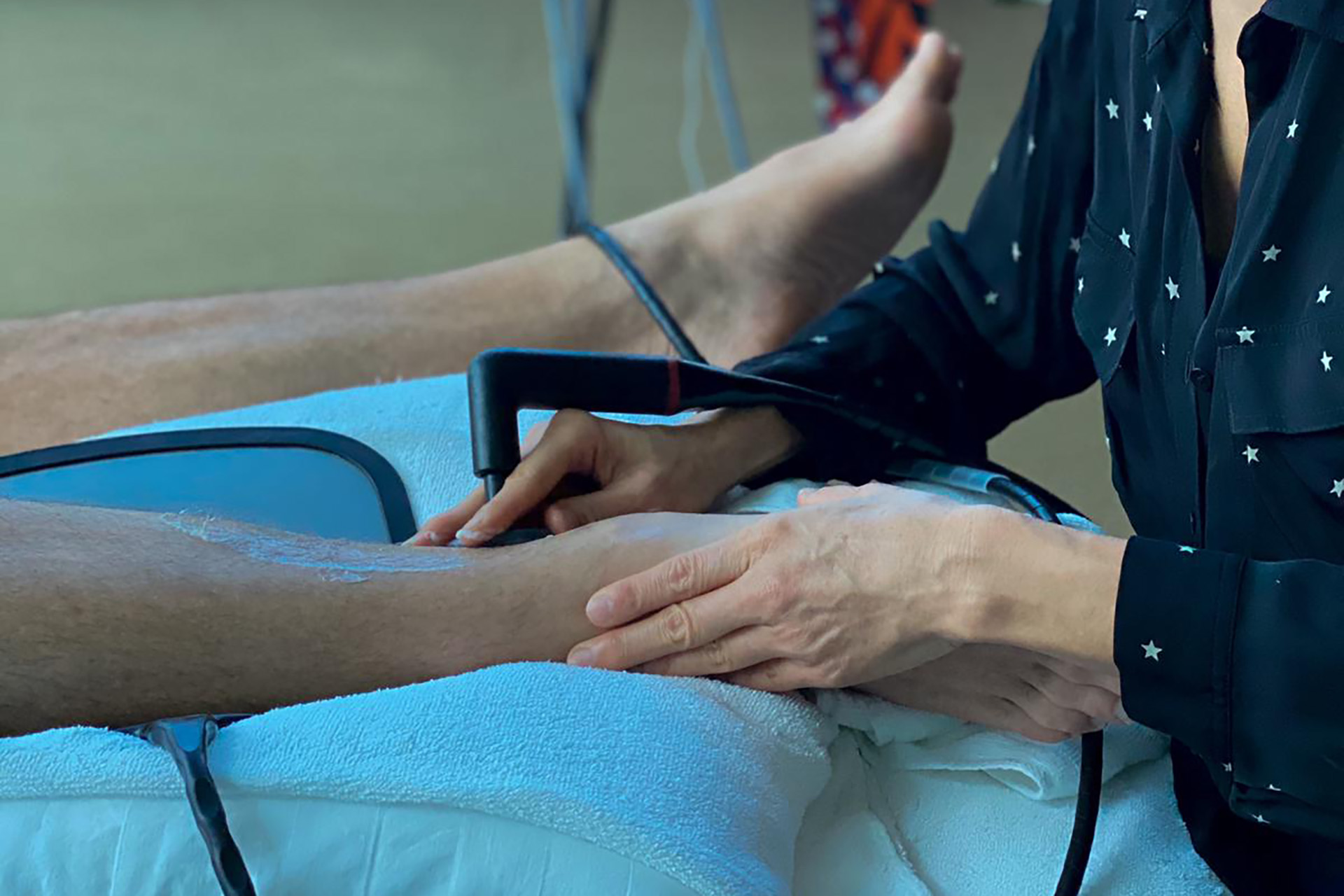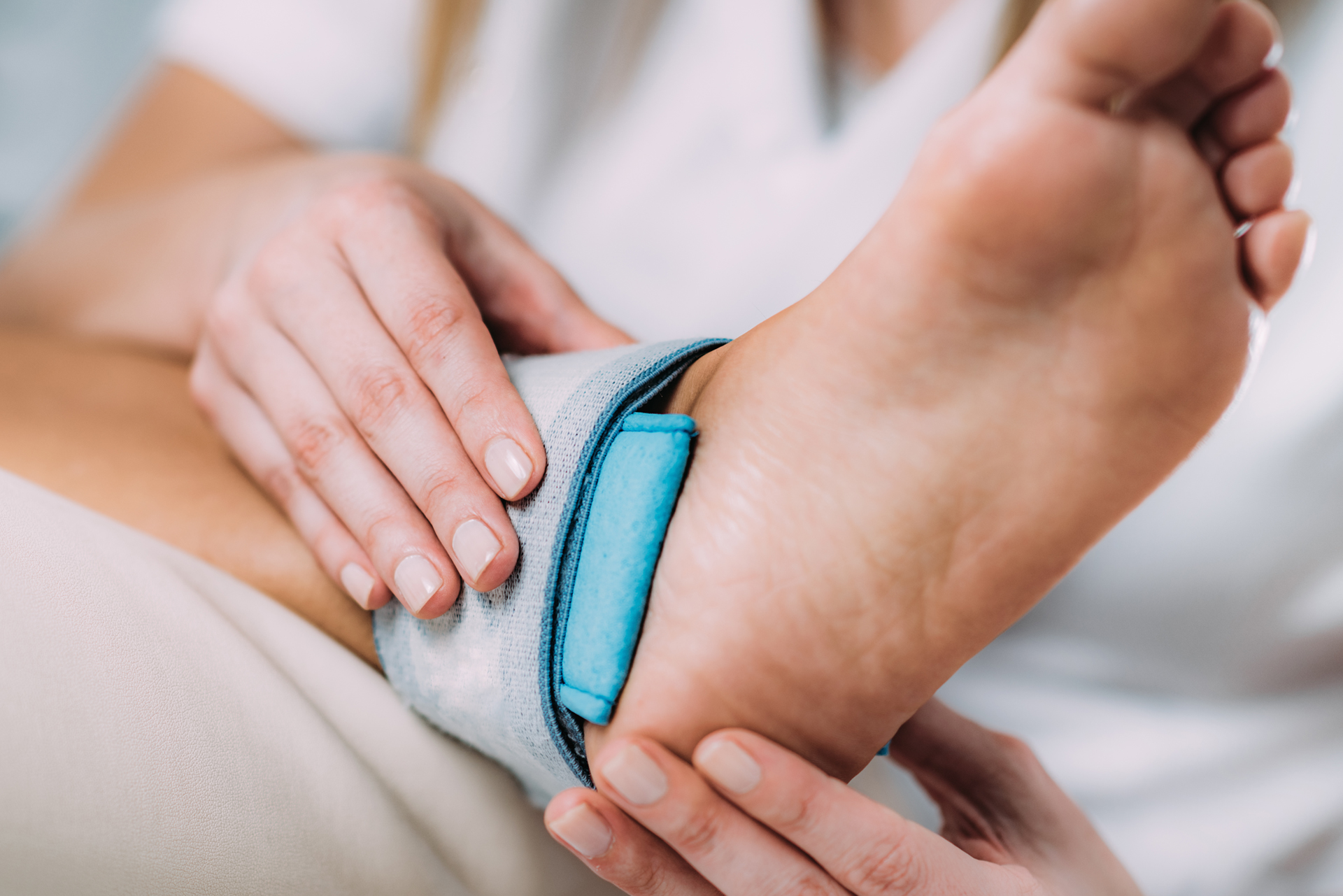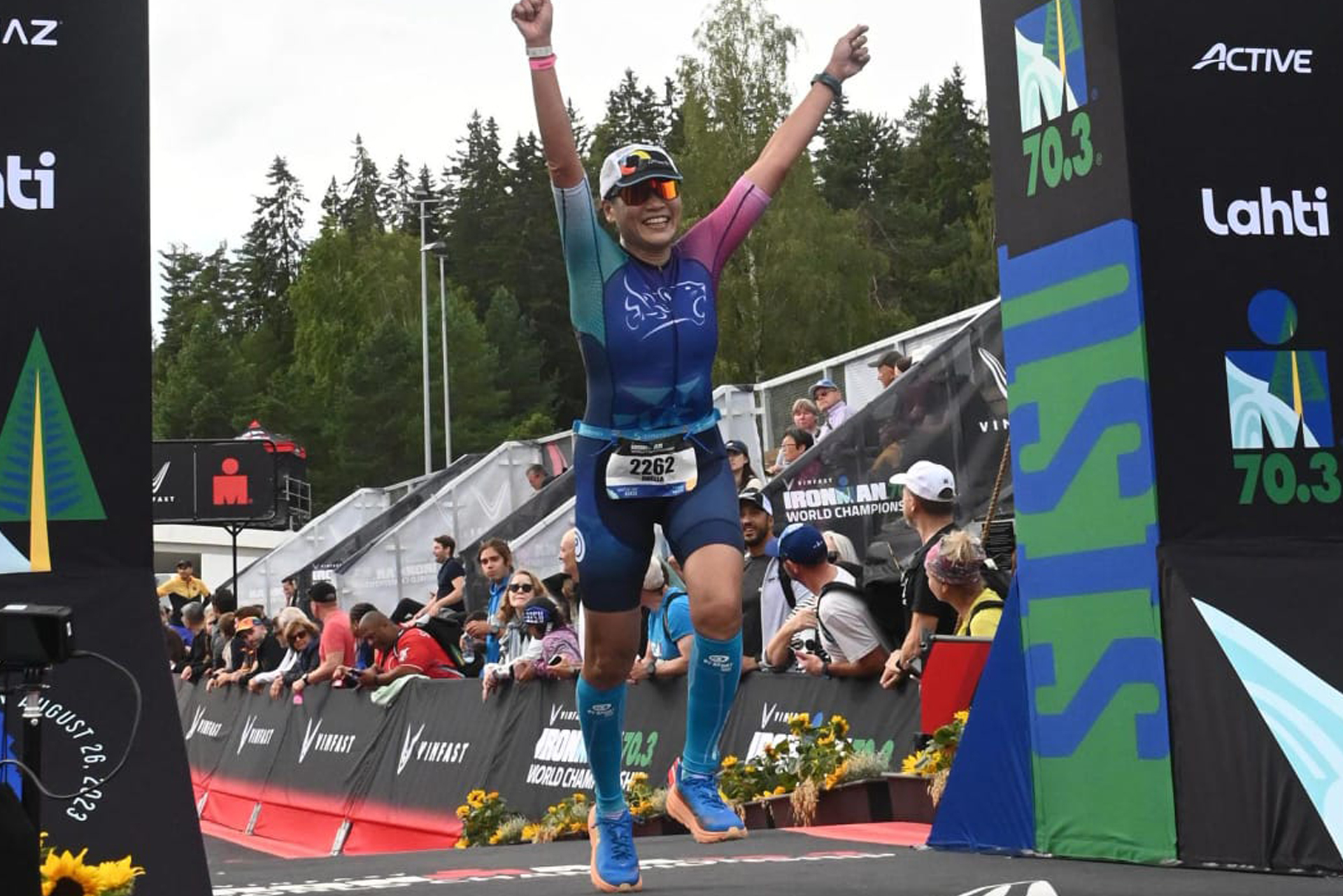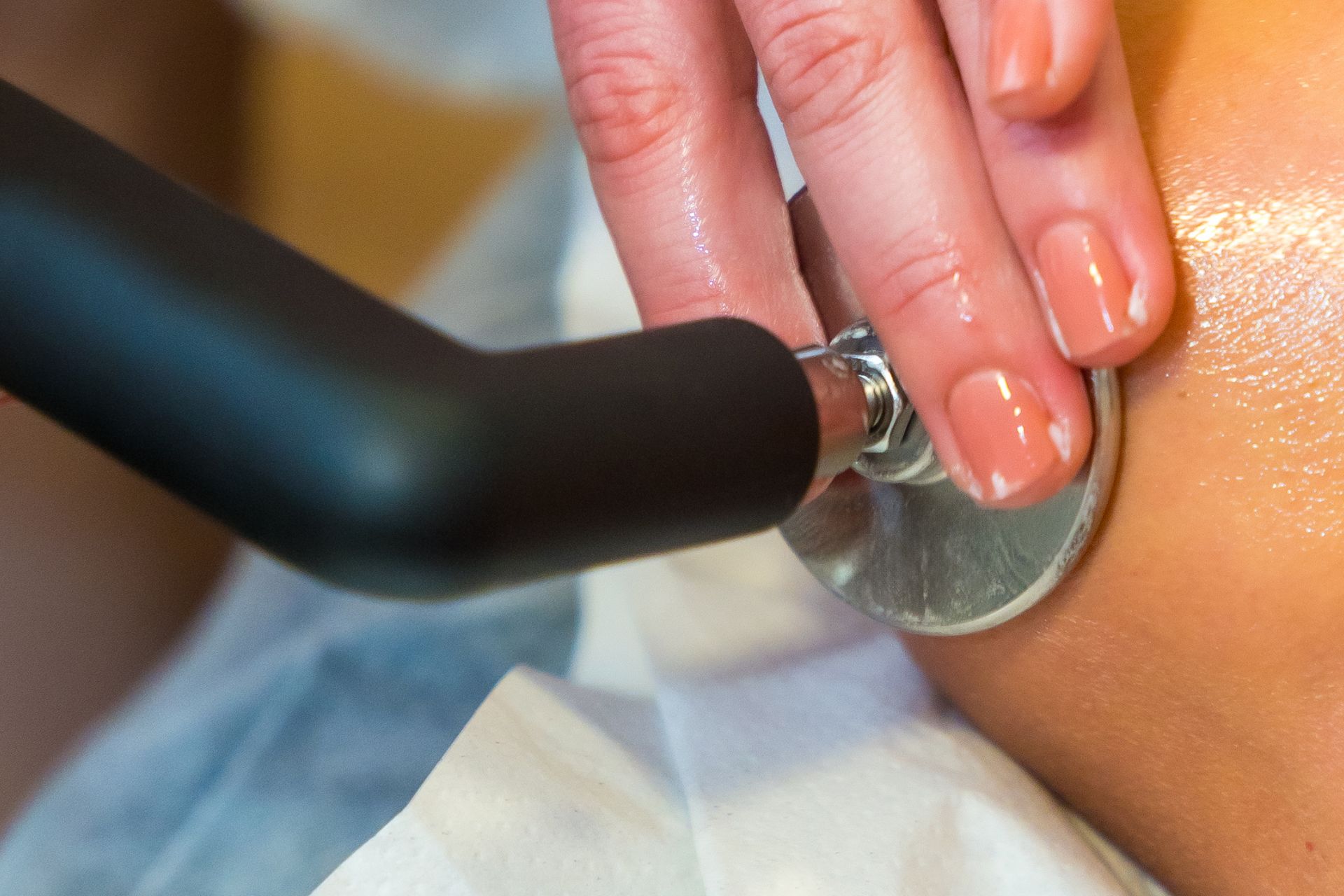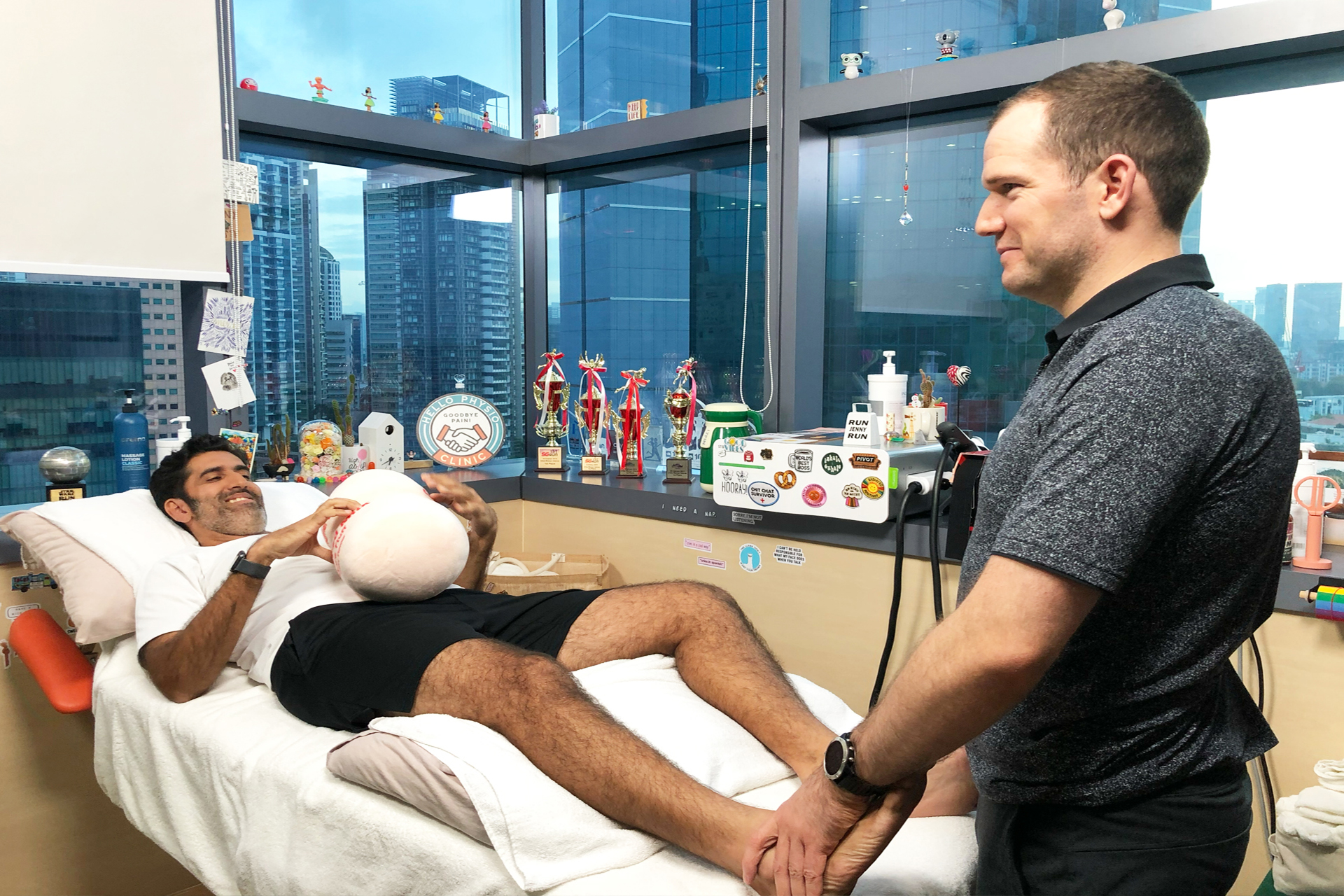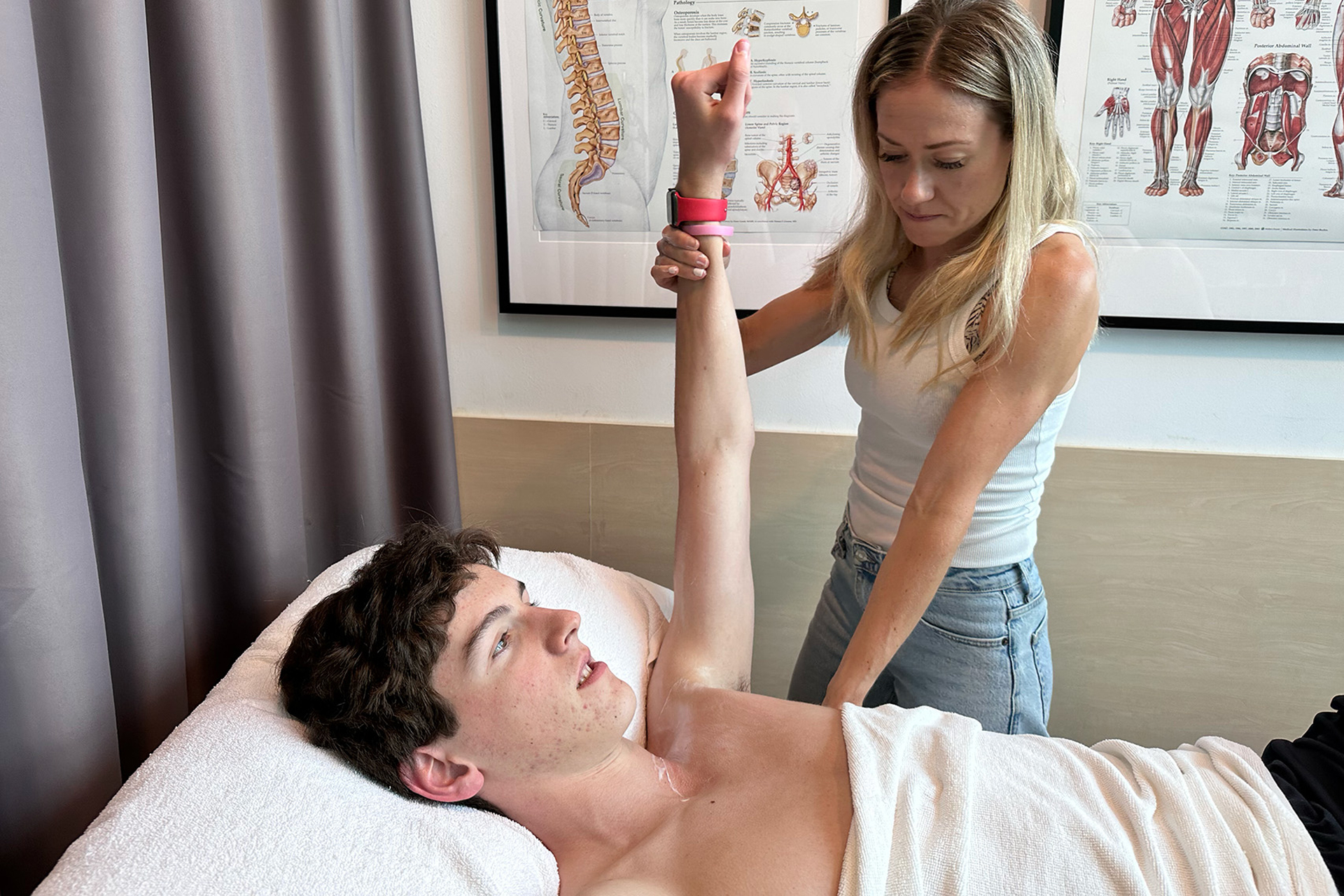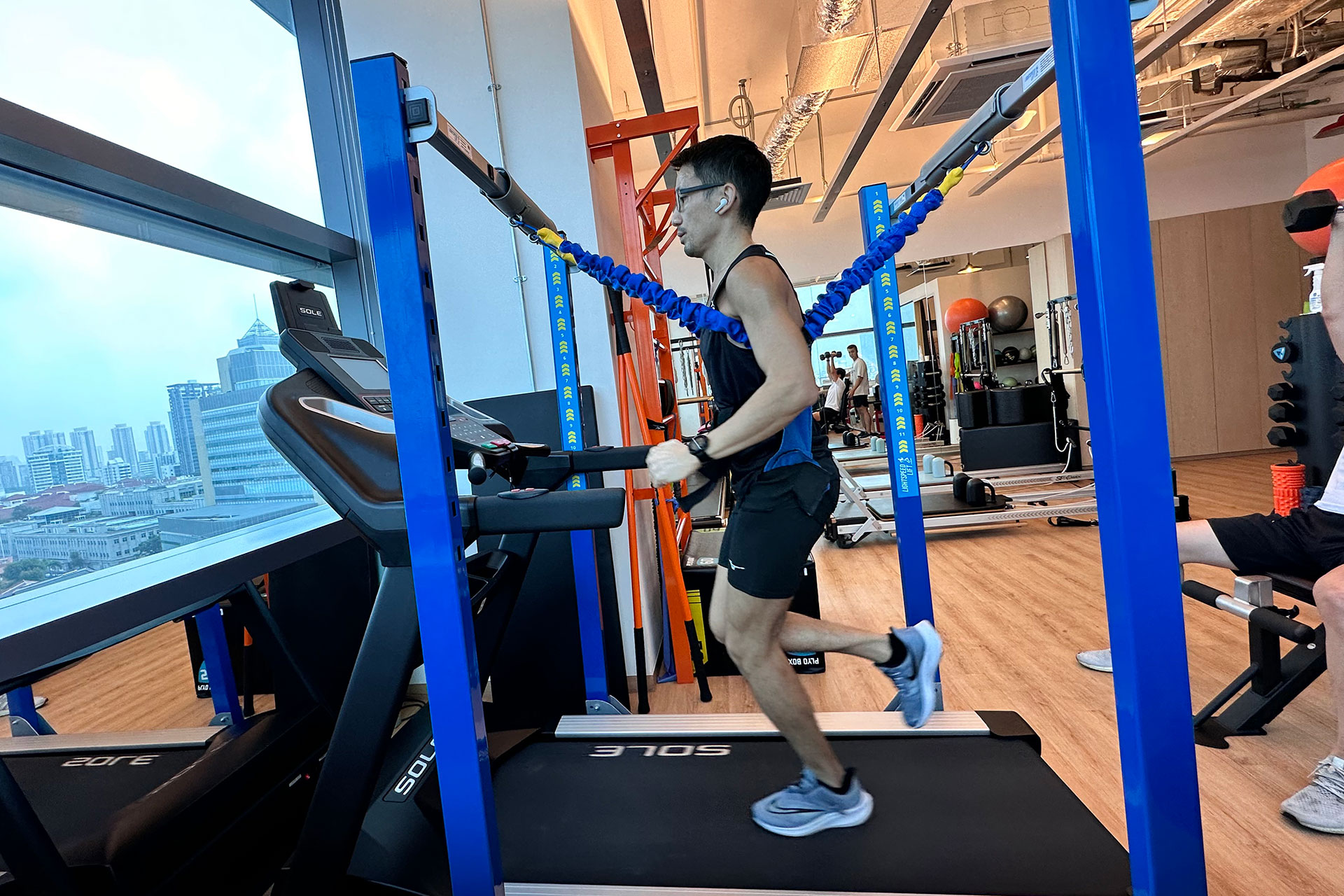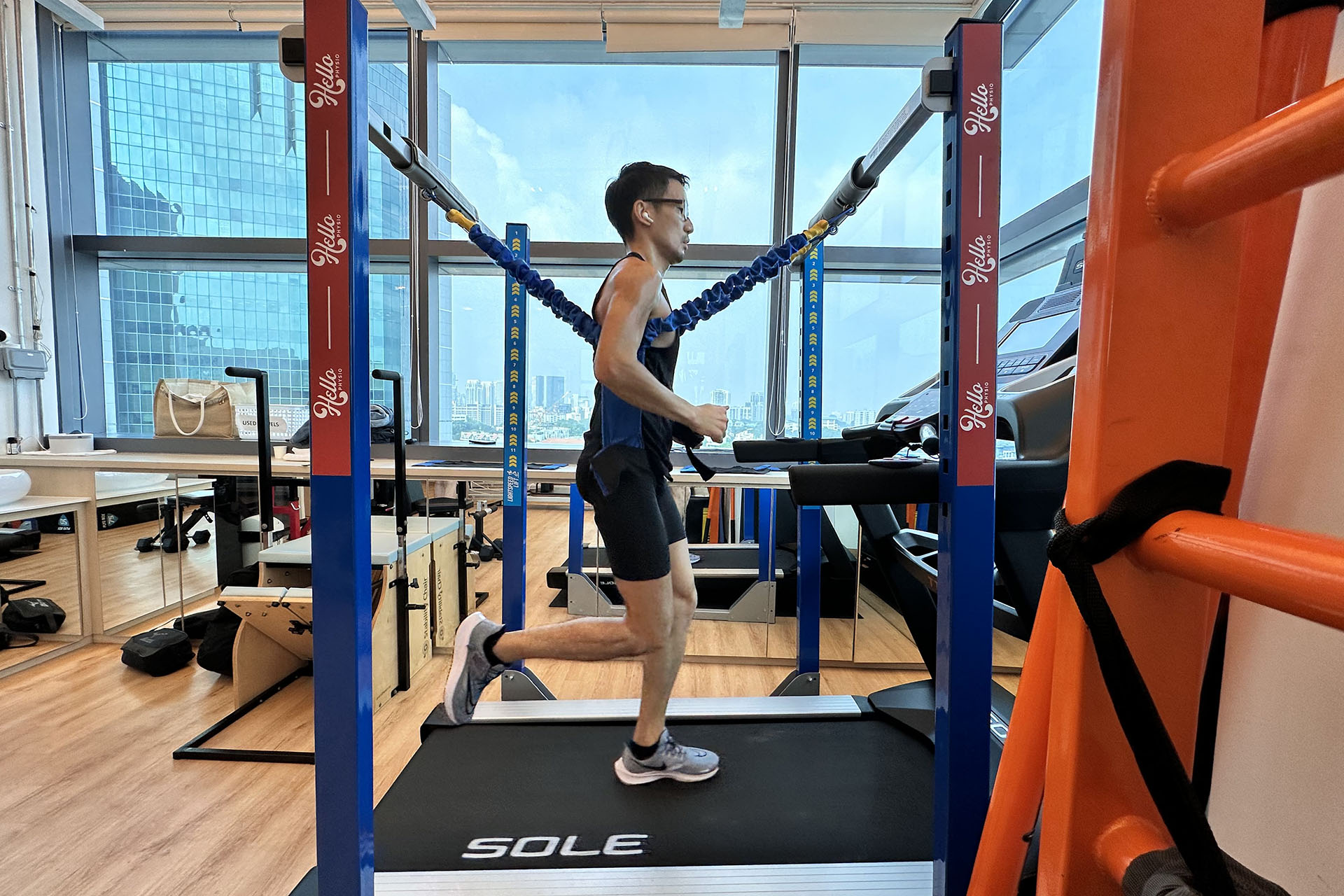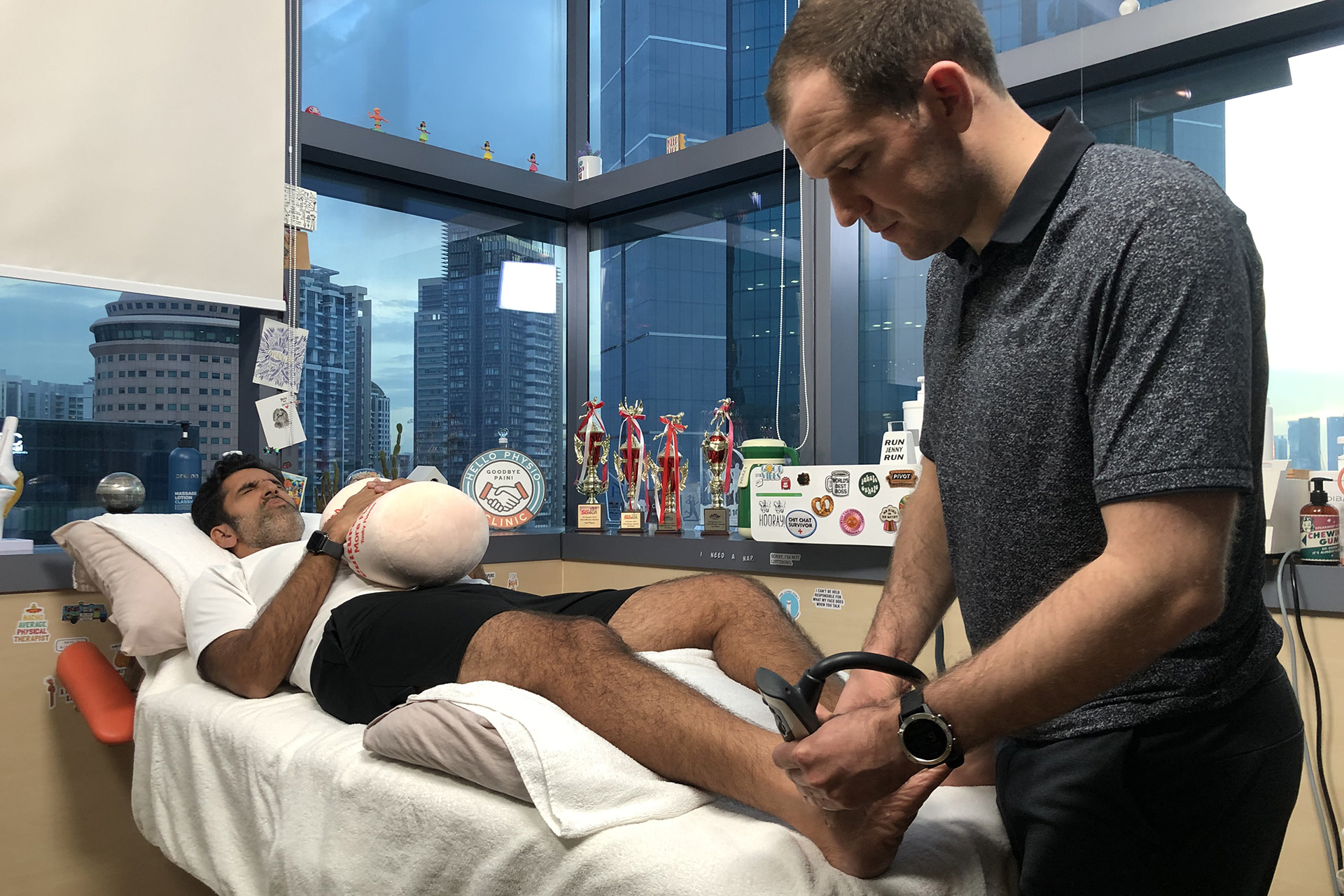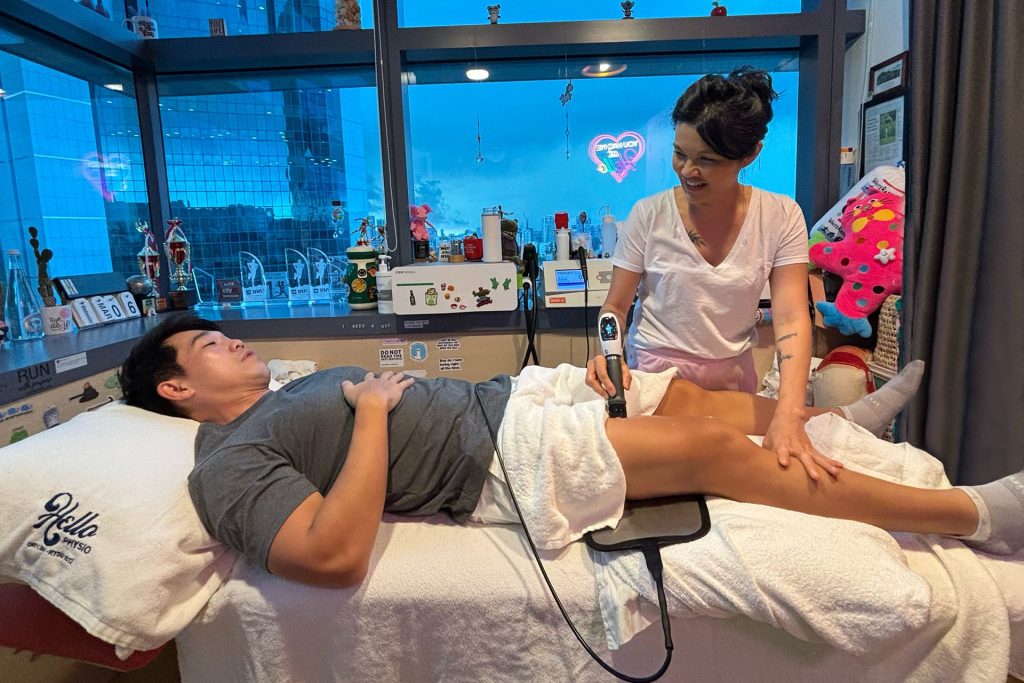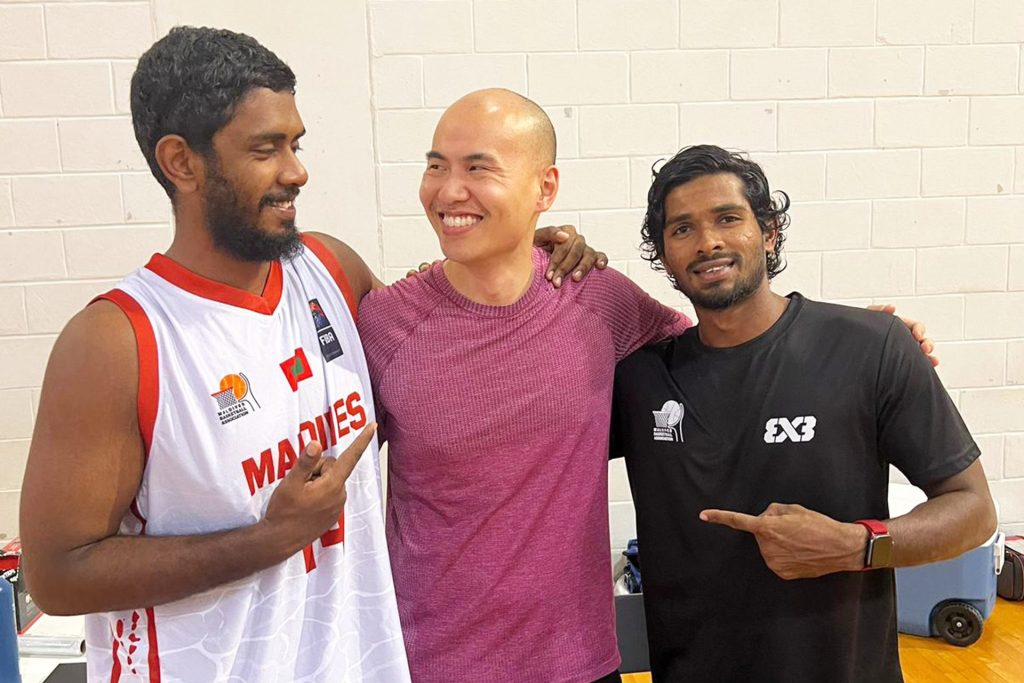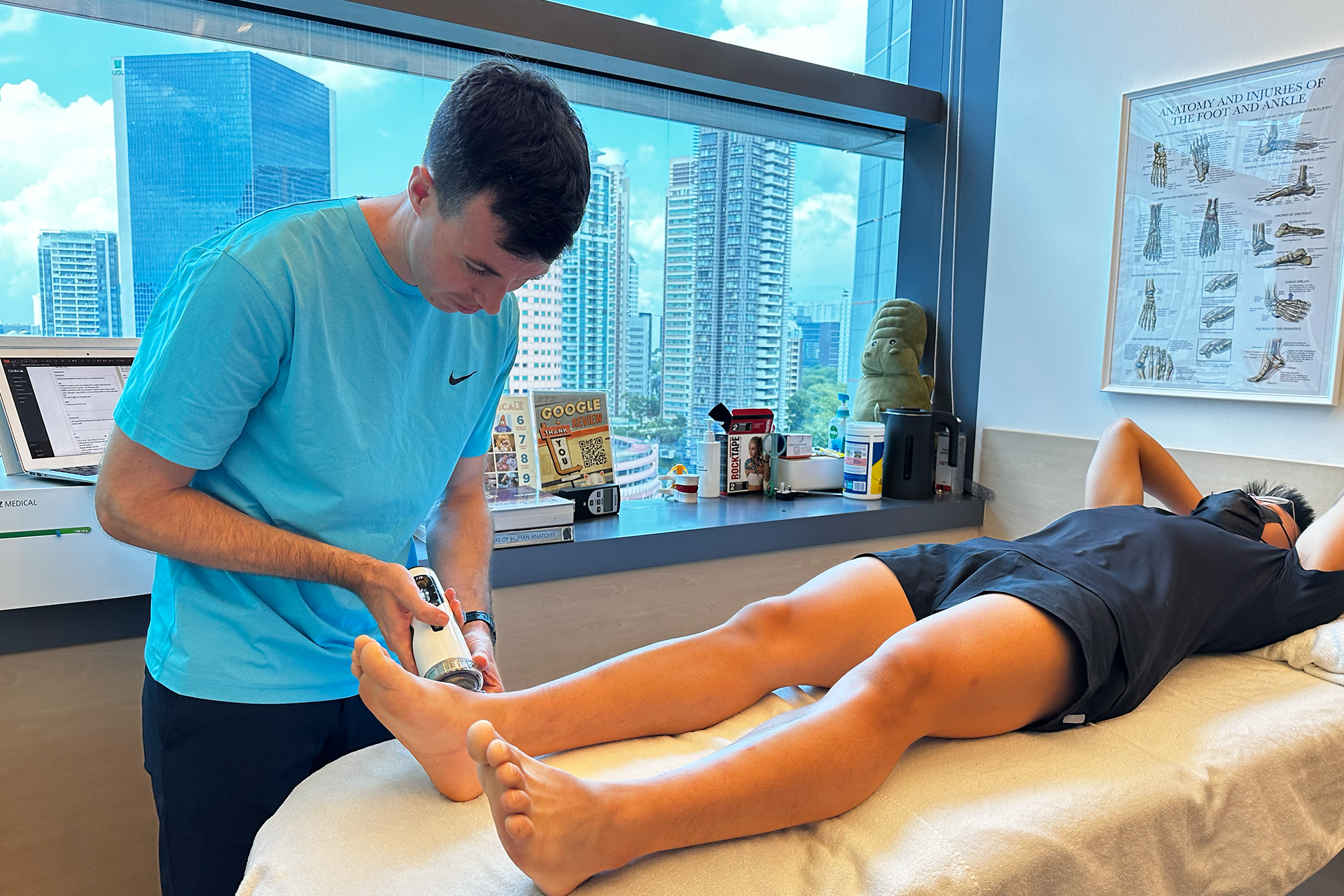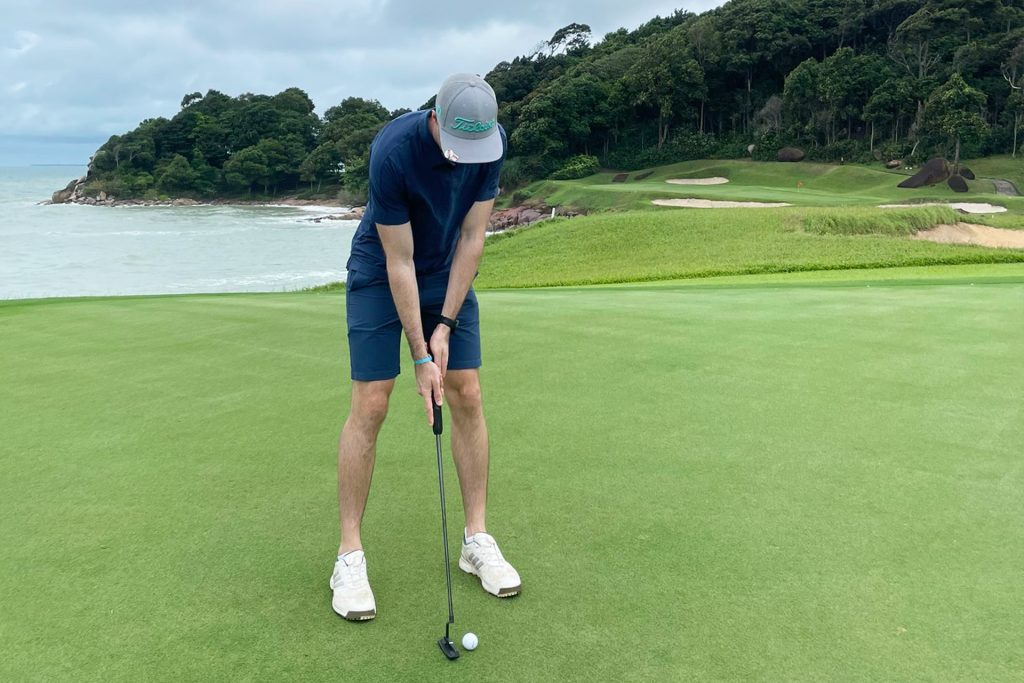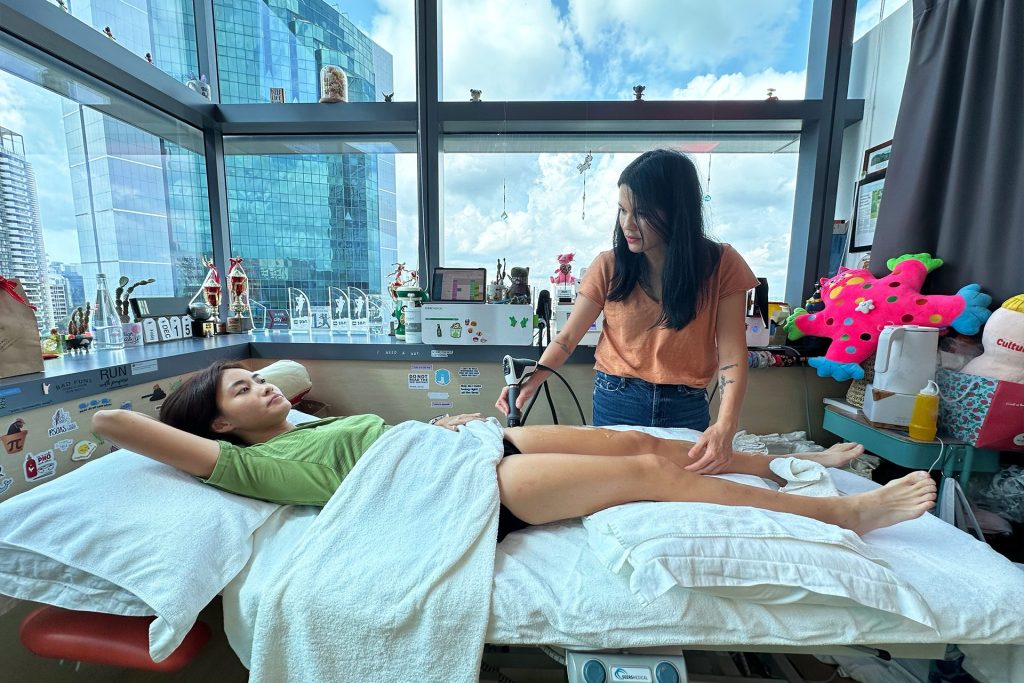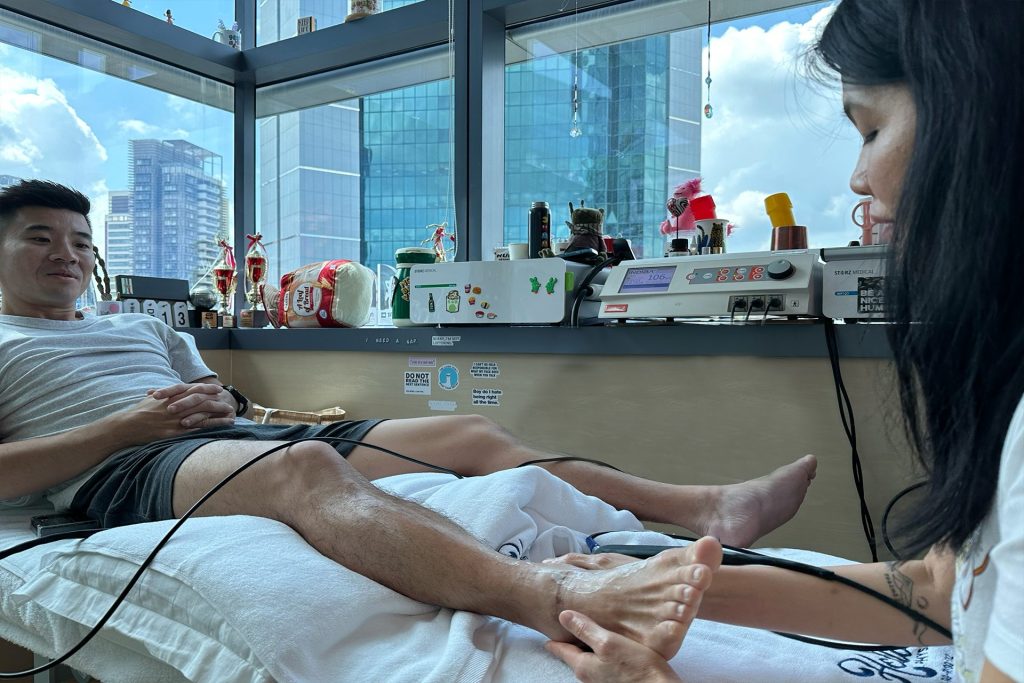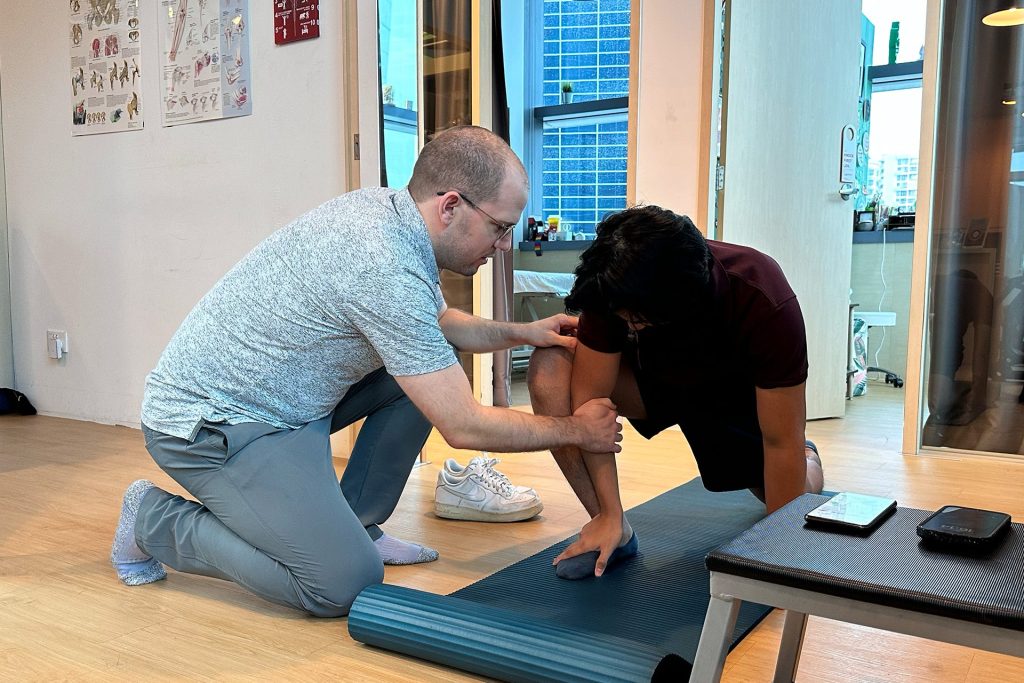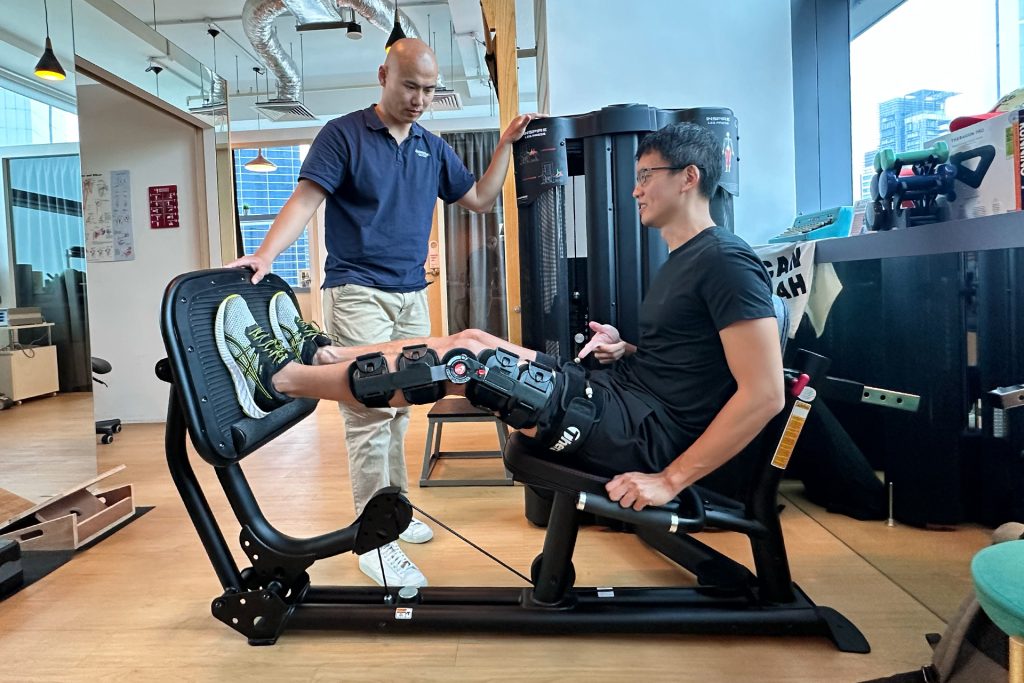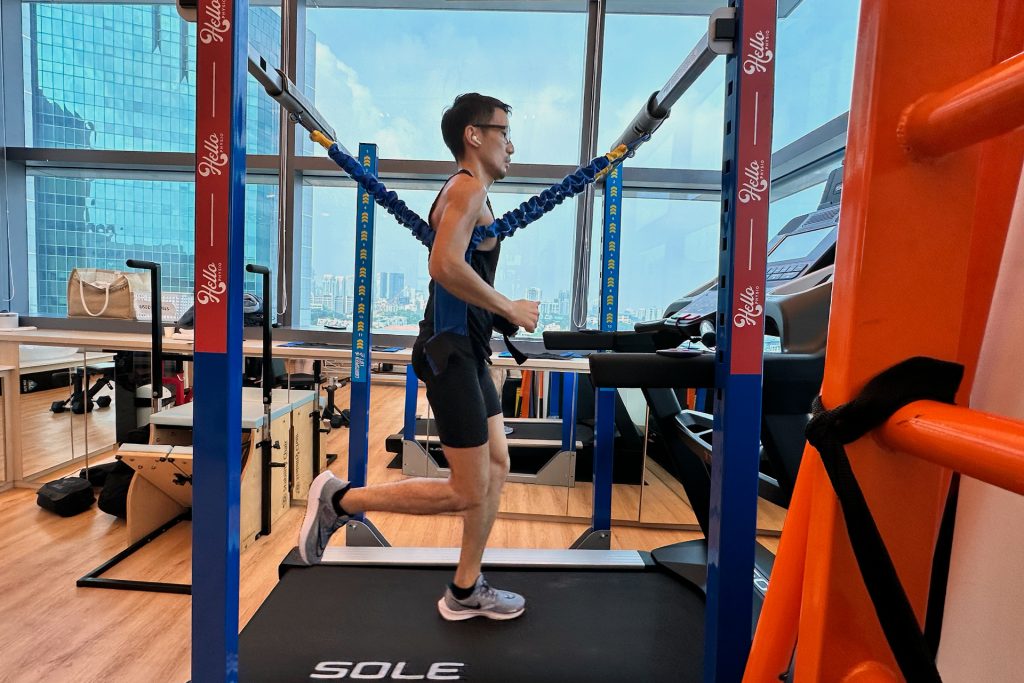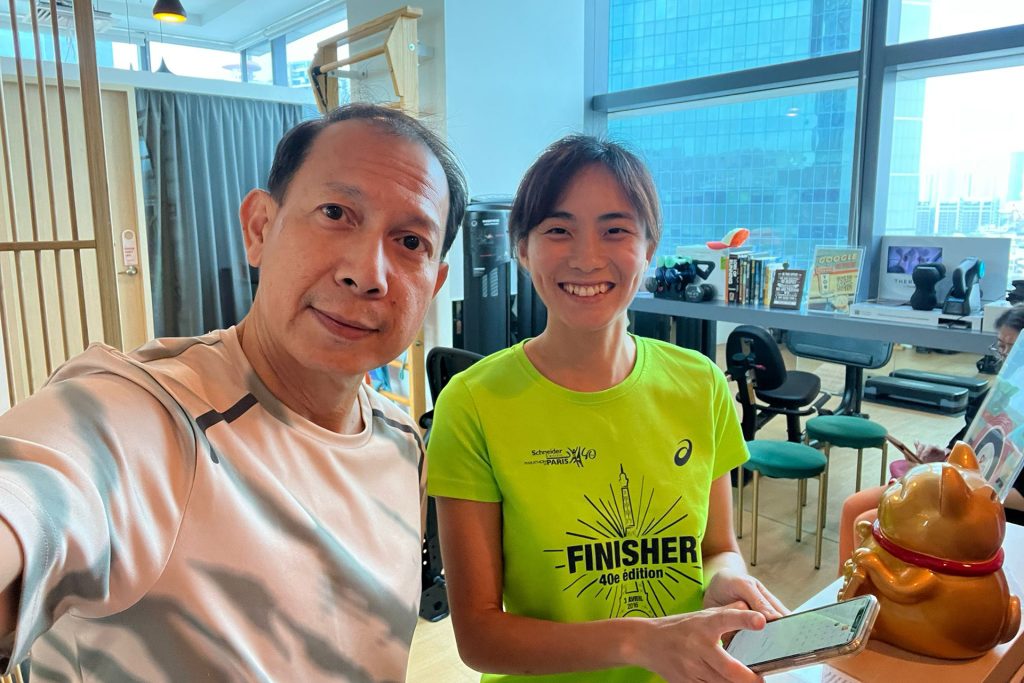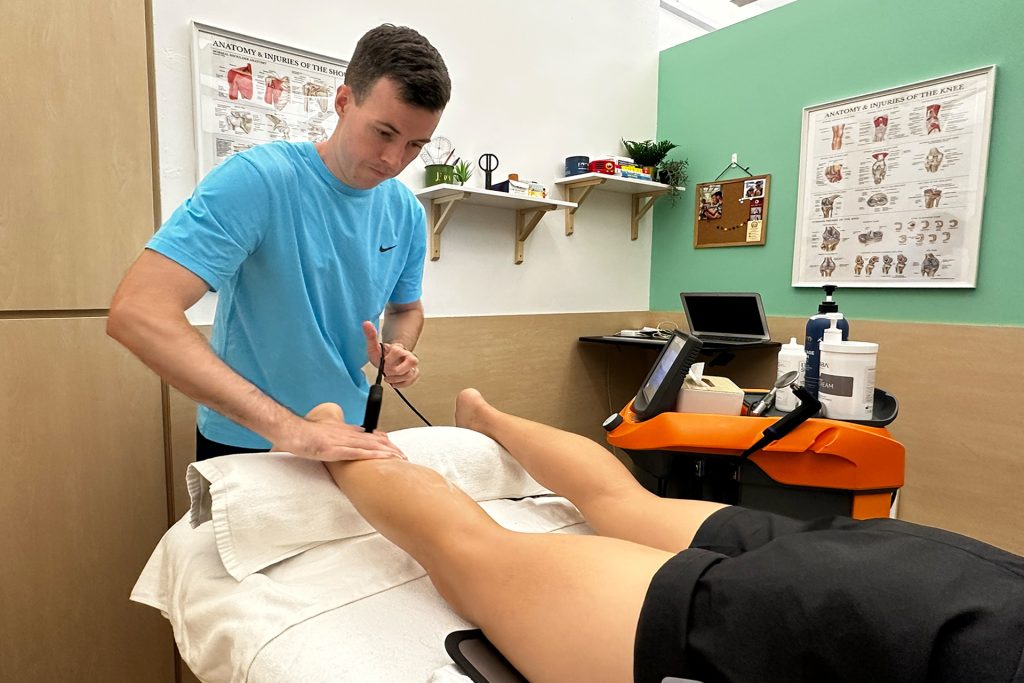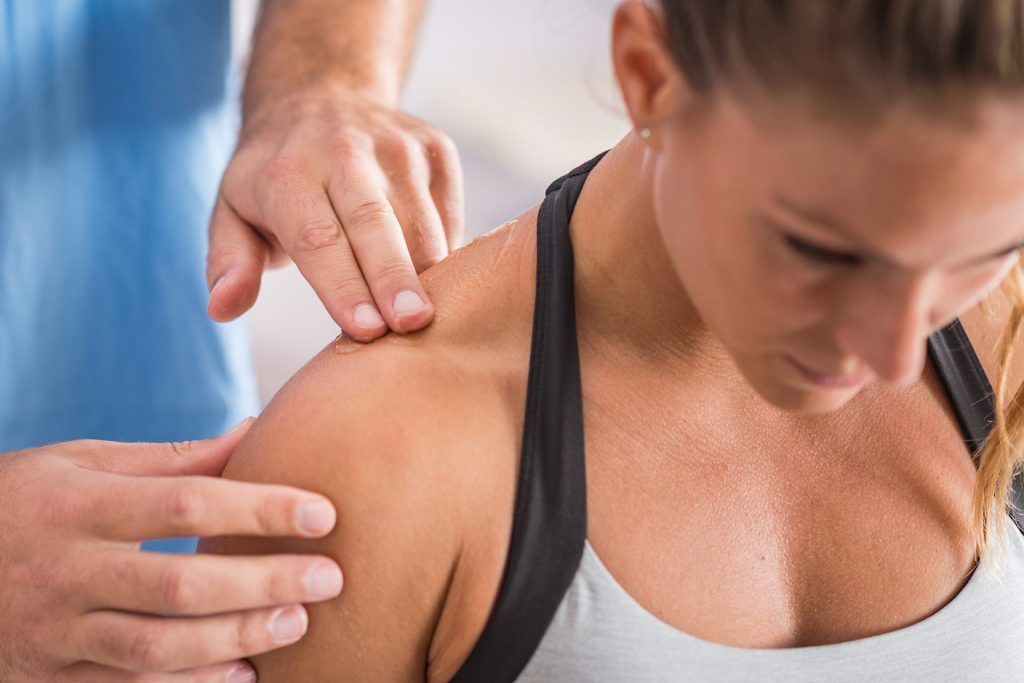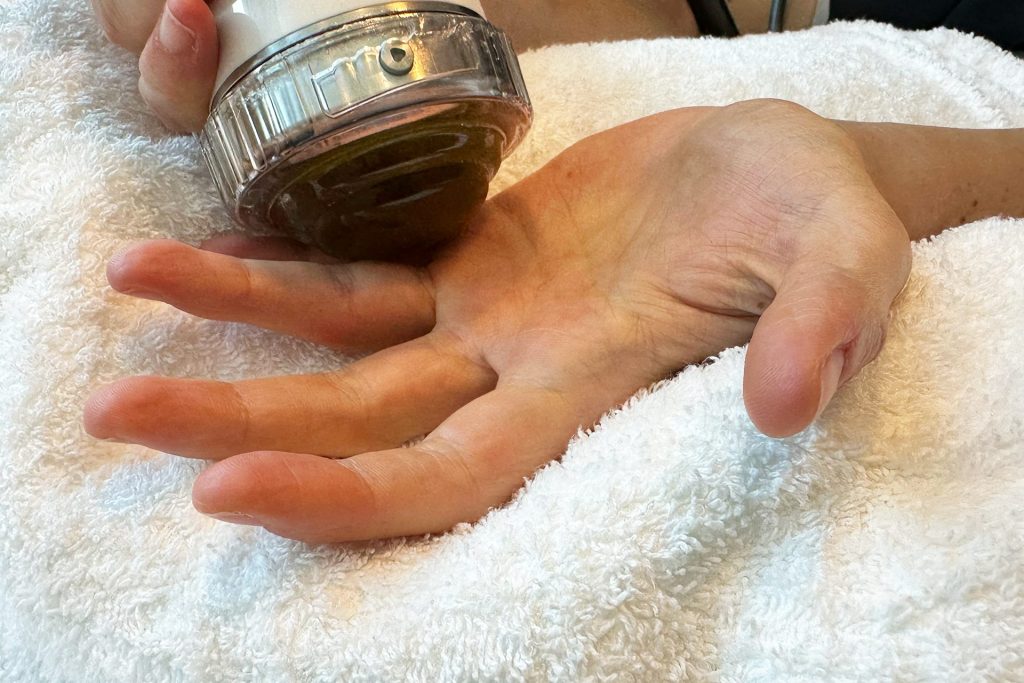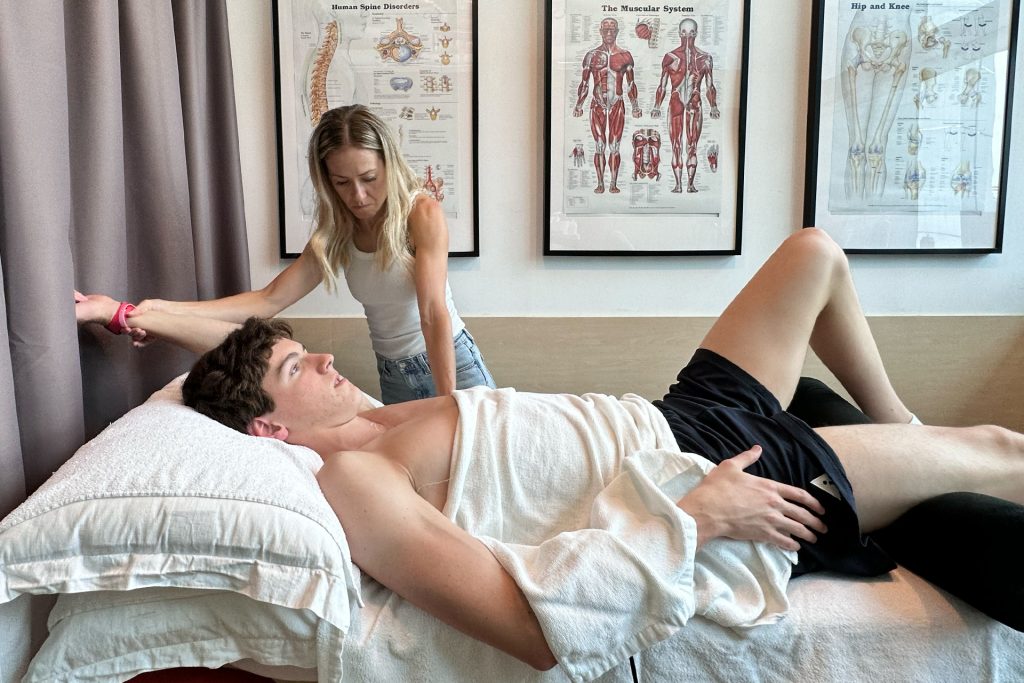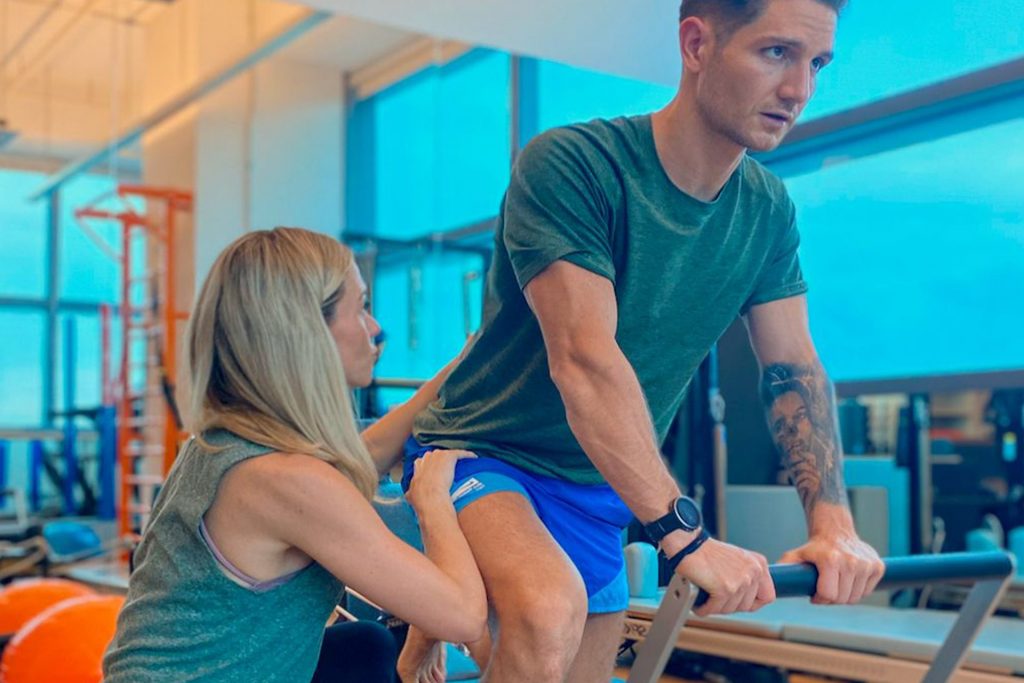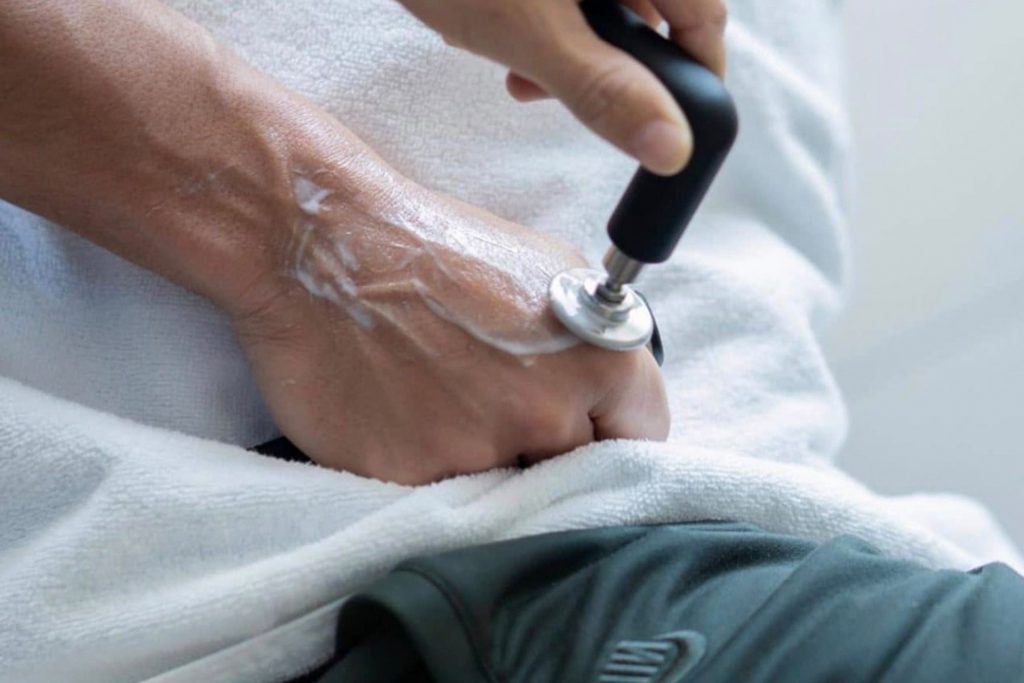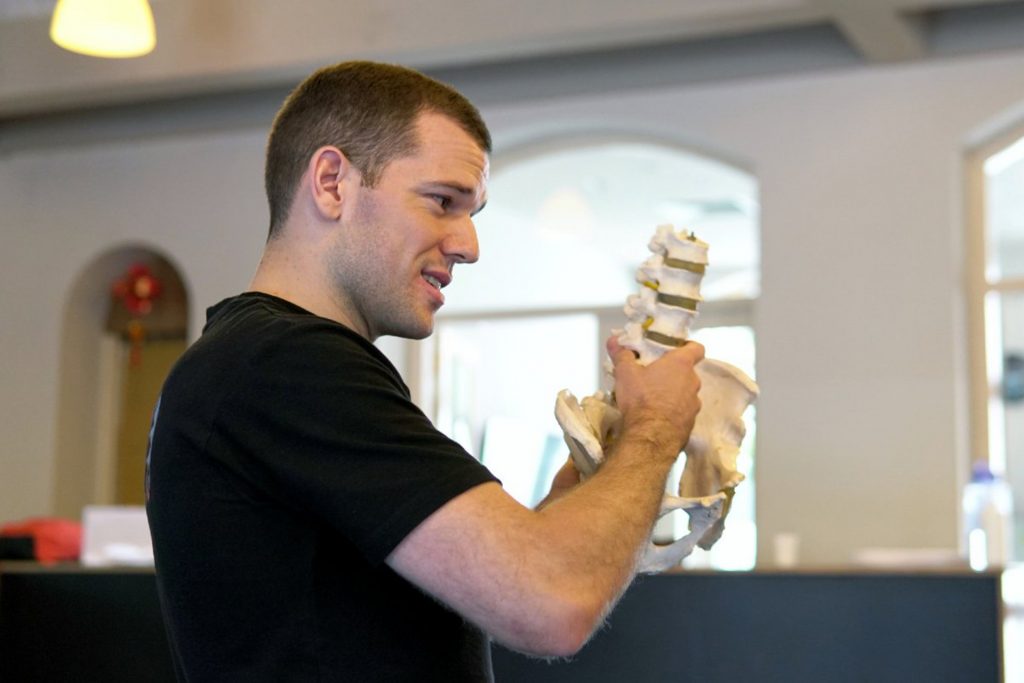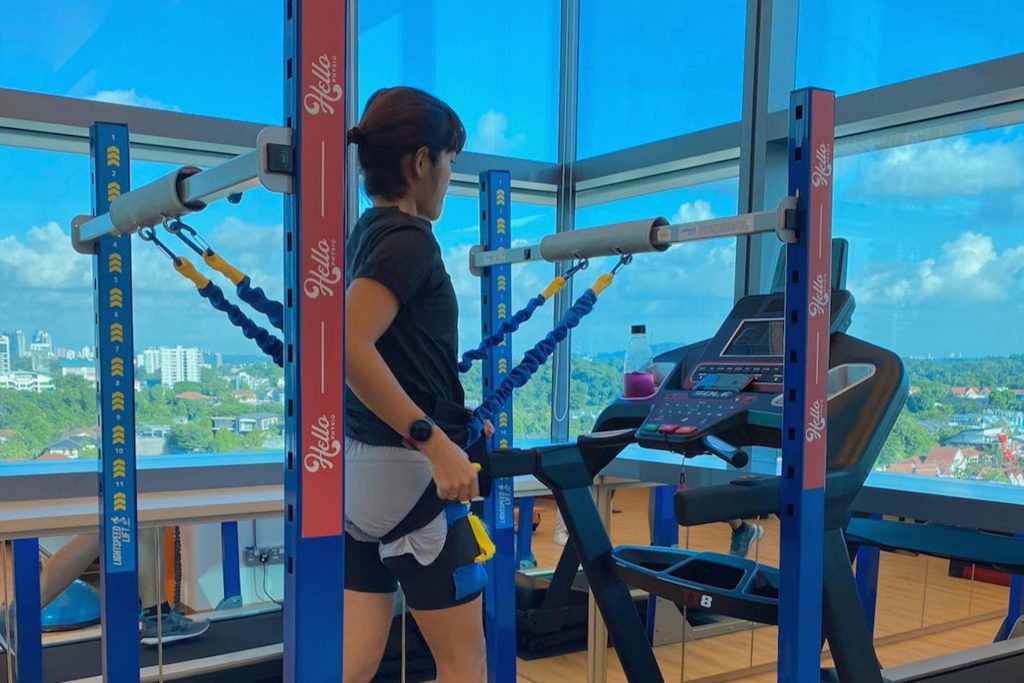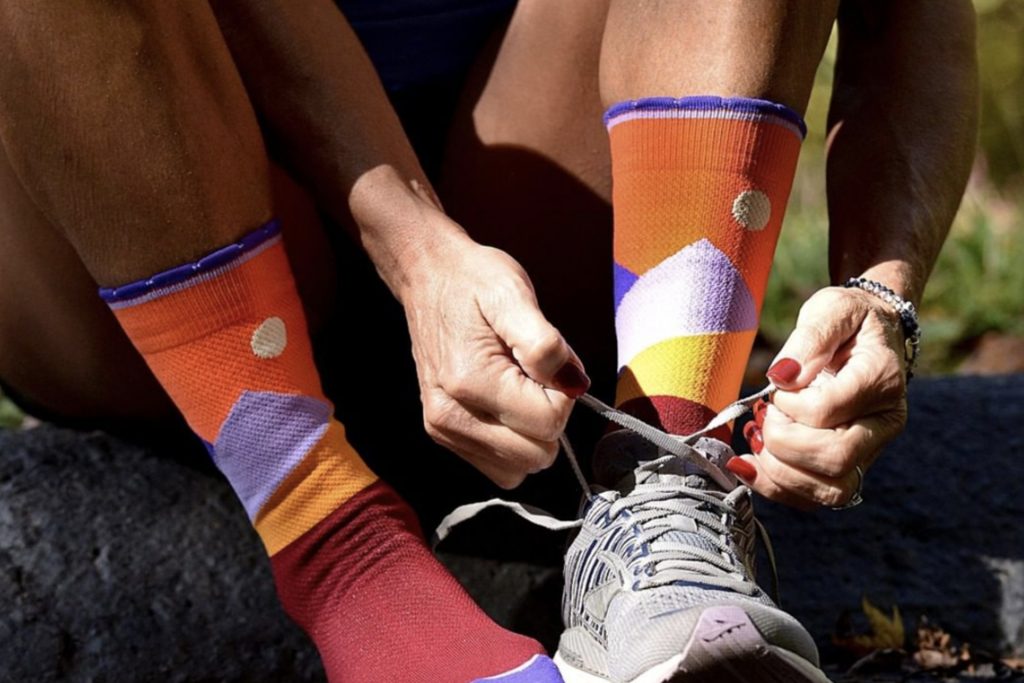|
Getting your Trinity Audio player ready...
|
Achilles tendonitis is a very common overuse injury that affects the Achilles tendon, the largest tendon in the body. This critical tendon connects the calf muscles to the heel bone, enabling essential movements such as walking, running and jumping.
When this tendon becomes irritated or inflamed due to repetitive strain, it can cause pain, stiffness and swelling, making even simple activities challenging. Fortunately, Achilles tendonitis physical therapy treatment offers an effective, non-invasive approach to managing symptoms, promoting healing and restoring mobility.
What Is Achilles Tendonitis and Why Does It Happen?
Achilles tendonitis occurs when the tendon becomes irritated, inflamed, or degenerates due to repetitive stress. The condition is common among runners, athletes and individuals who engage in high-impact activities such as jumping or sprinting. People who engage in these activities are more likely to put undue stress on their feet. However, even non-athletes can also develop Achilles tendonitis due to poor footwear, biomechanical issues, or sudden increases in physical activity.

Common Causes Include:
- Repetitive Strain: Frequent running or jumping
- Improper Footwear: Shoes lacking adequate arch support or cushioning
- Sudden Activity Changes: Starting an intense workout routine without proper conditioning
- Biomechanical Imbalances: Flat feet, tight calf muscles, or poor running form
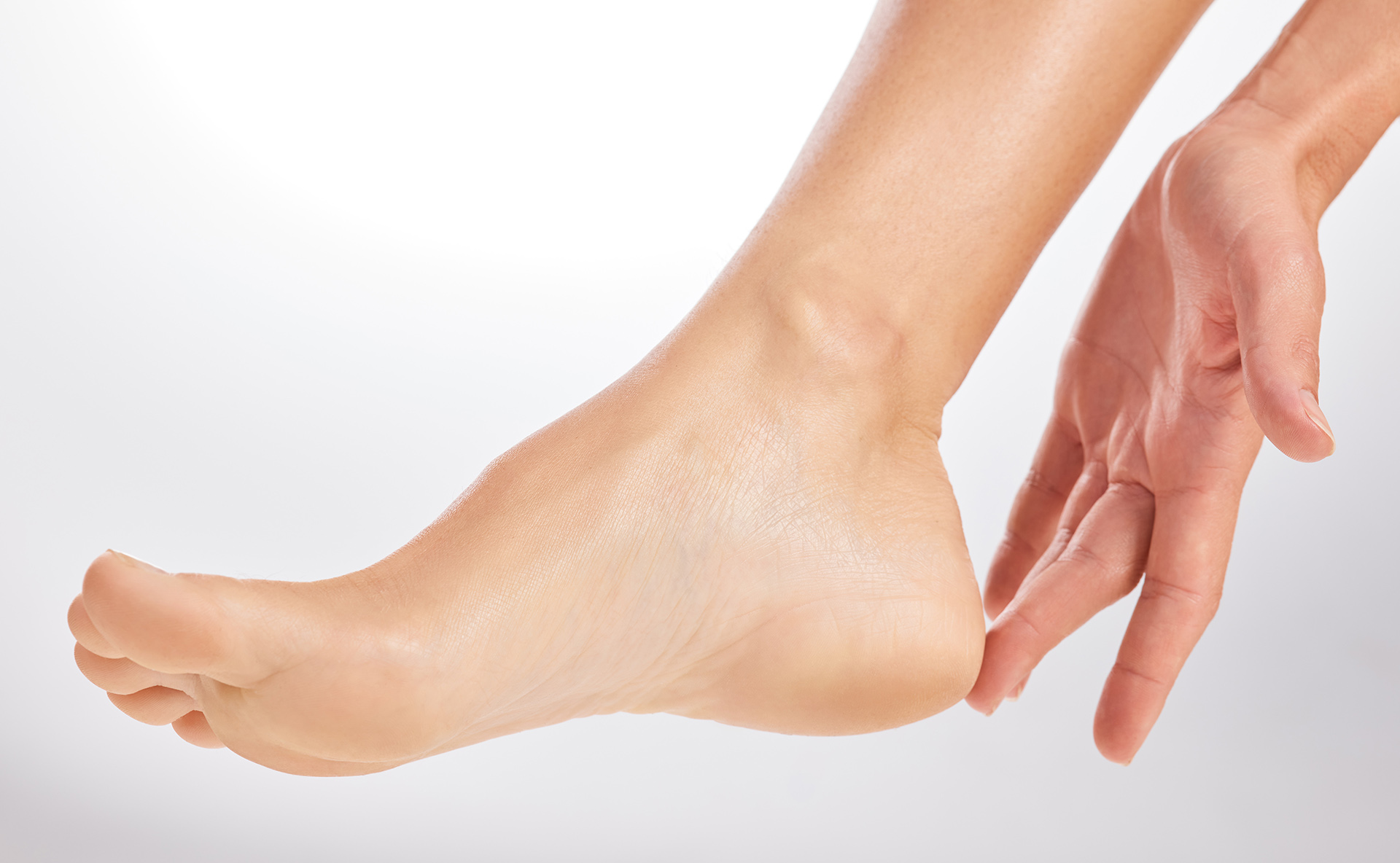
Key Symptoms:
- Pain and tenderness along the back of the heel
- Stiffness, especially in the morning or after rest
- Swelling and warmth around the tendon
- Pain that worsens with activity or while standing on toes
Why Physical Therapy Is Essential for Achilles Tendonitis
The more menial solutions of rest and ice can temporarily relieve Achilles tendonitis may reduce pain, but they will not resolve the issue. These methods fail to address the root causes of the injury.
Physical therapy treatment for Achilles tendonitis is an evidence-based approach is non-invasive, providing an alternative to surgery and long-term medication. It offers a more comprehensive and personalized approach focused on long-term recovery and injury prevention. Physiotherapy alleviates symptoms and restores proper function and mobility by targeting underlying issues such as muscle imbalances, poor gait mechanics, and tendon weakness.
A tailored treatment plan corrects biomechanical imbalances and gait issues that place undue stress on the Achilles tendon. Additionally, specialized exercises and advanced therapies help restore strength and flexibility, ensuring the tendon becomes more resilient and less prone to future injuries. This integrated strategy supports long-term recovery, empowering patients to return to active lifestyles.
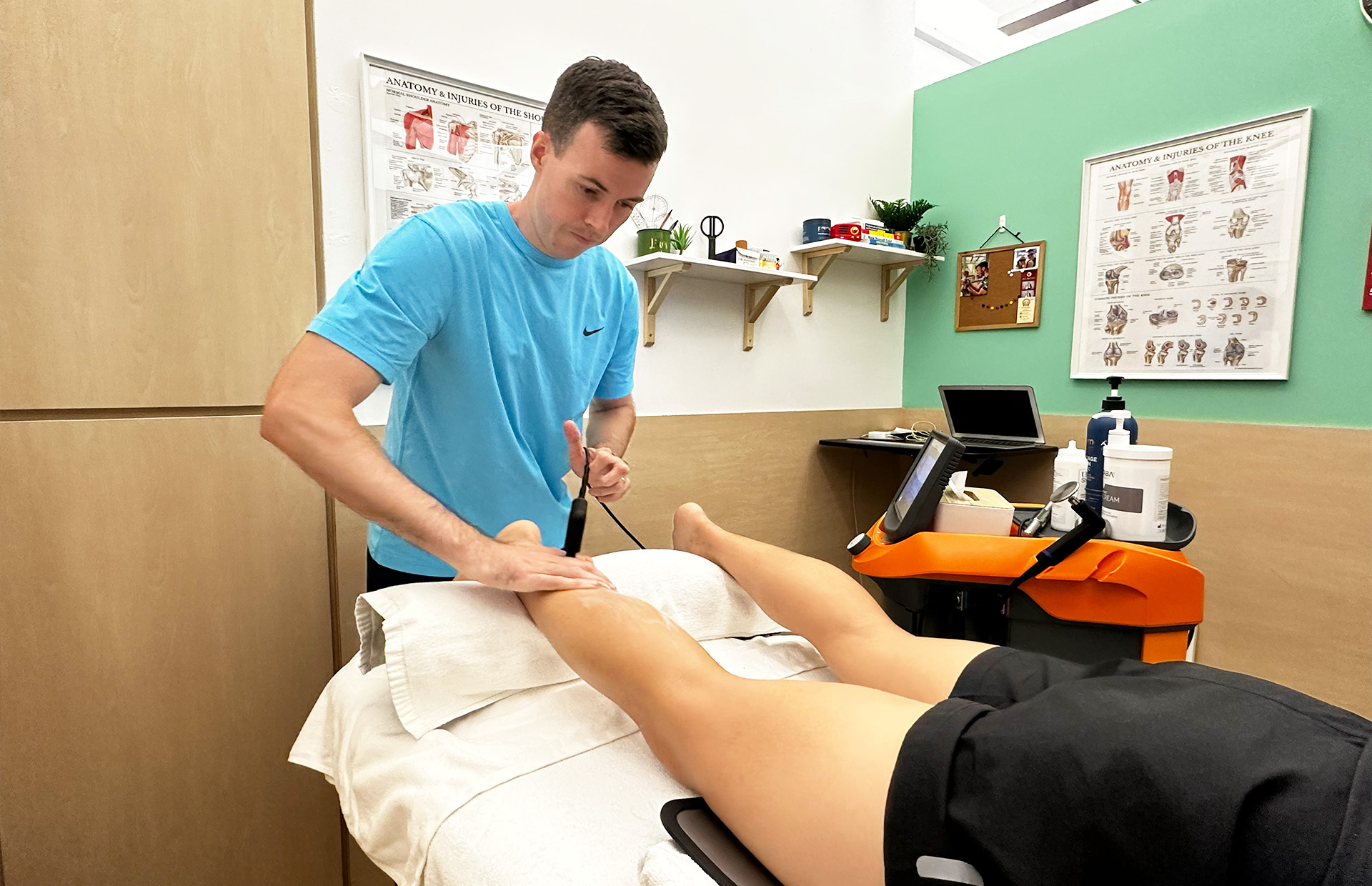
Achilles Tendonitis Physical Therapy Treatment at HelloPhysio
HelloPhysio takes a multi-faceted approach to treating Achilles tendonitis by combining advanced technology with tailored physical therapy techniques.
Here’s how we would build a comprehensive recovery plan for you:
1. Initial Assessment and Diagnosis
We begin with a thorough evaluation, including a biomechanical assessment, range of motion testing, and gait analysis. This helps us understand the severity of the injury and identify contributing factors such as muscle imbalances, poor foot mechanics, or improper running form.
2. Pain Management and Inflammation Control
Our first goal is to reduce pain and control inflammation through targeted therapies such as:
- Manual Therapy: Hands-on techniques to reduce muscle tightness and improve flexibility.
- INDIBA® Activ Therapy: A groundbreaking radiofrequency treatment that promotes tissue repair by increasing cellular metabolism and enhancing circulation.
- Shockwave Therapy: High-energy acoustic waves that stimulate collagen production, reduce inflammation, and accelerate tendon healing. It’s particularly effective for chronic cases of Achilles tendonitis.
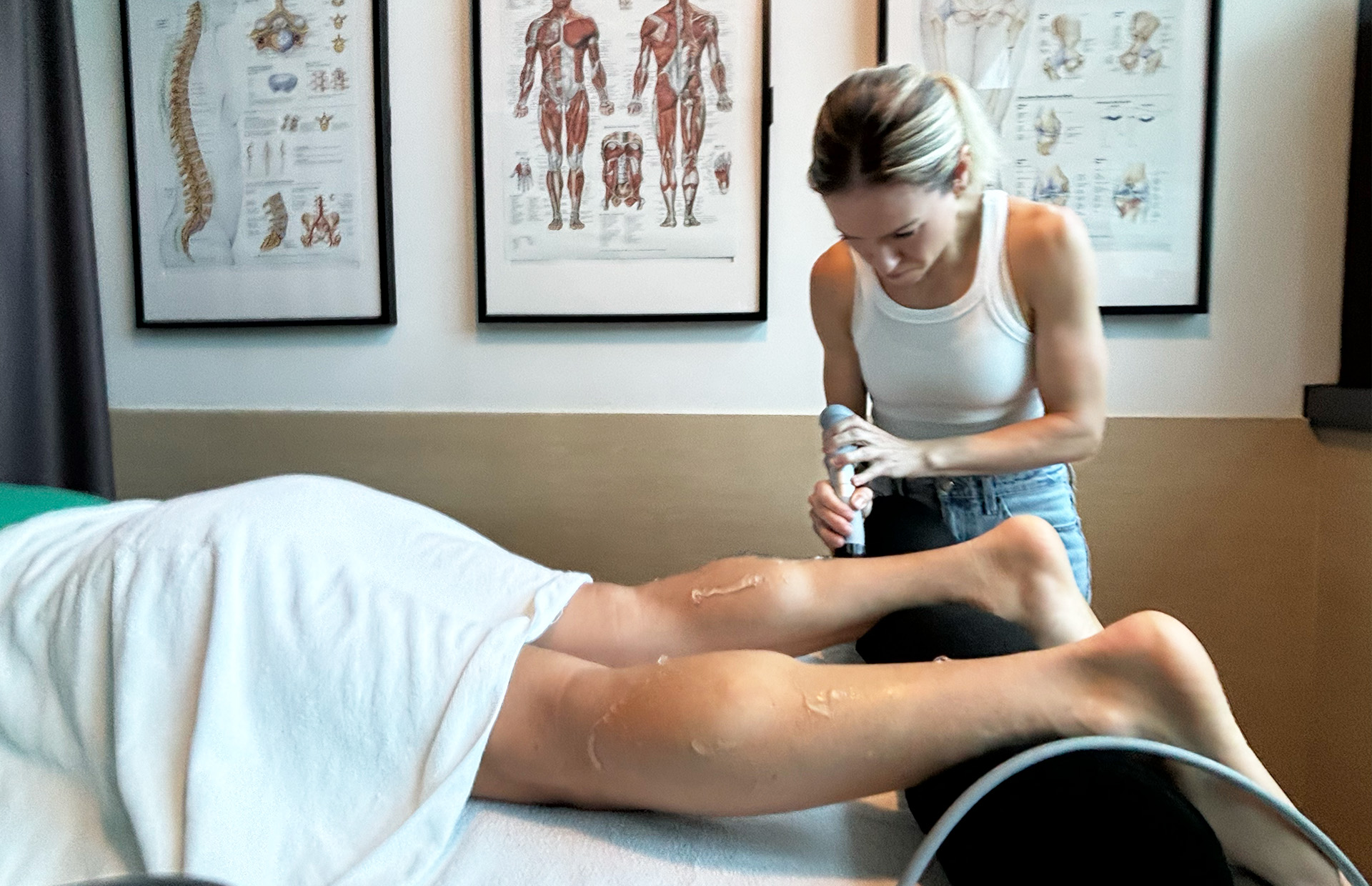
3. Stretching and Flexibility Training
Your healing journey will go beyond your physiotherapist’s clinic. Our expert team will offer stretching exercises to do in your own time so you can continue recovery between your sessions. For example, Achilles tendonitis is frequently associated with tight calf muscles. Targeted stretching exercises can alleviate this tension and support recovery, making them essential to any comprehensive treatment plan.
- Calf stretch (wall stretch): These effectively loosen the gastrocnemius and soleus muscles, often tight in individuals with Achilles tendonitis. By stretching these key muscles, pressure on the Achilles tendon is reduced, relieving discomfort and improving flexibility.
- Heel drops: This movement stretches and strengthens the Achilles tendon while enhancing the range of motion, encouraging controlled tendon elongation, promoting tendon resilience and reducing stiffness. Incorporating these stretches into a personalized rehabilitation program helps restore mobility, prevent further injury and support long-term tendon health.
4. Strengthening Exercises
Tendon recovery from Achilles tendonitis goes beyond treating the affected area. It requires strengthening the surrounding muscles for long-term stability and injury prevention. A well-rounded rehabilitation plan includes targeted exercises designed to restore strength, enhance mobility, and reduce the risk of recurrence.
- Eccentric heel drop. This is one of the most effective exercises and is considered the gold standard for Achilles tendon repair. It involves slowly lowering the heel from a raised position, putting controlled tension on the tendon, stimulating tendon remodeling and encouraging the formation of stronger, healthier tissue.
- Resistance band workouts: Another key component in helping to build ankle stability and strengthening supporting muscles such as the calves, ankles, and lower legs. These exercises improve overall foot mechanics, reducing strain on the Achilles tendon and promoting better balance and mobility. Incorporating these strengthening techniques ensures a more resilient recovery and supports long-term musculoskeletal health.
5. Correcting Biomechanical Imbalances
Achilles tendonitis often stems from incorrect foot alignment or gait issues. Our physiotherapists conduct detailed gait analyses using RehaWalk® technology and may recommend custom orthotics to correct improper foot mechanics and reduce tendon stress.
6. Return-to-Activity Planning
Recovery isn’t just about treatment. It’s about safely returning to your active lifestyle. At HelloPhysio, our expert physiotherapists create a customized return-to-sport or return-to-activity plan, gradually reintroducing exercises and modifying training intensity to prevent re-injury.
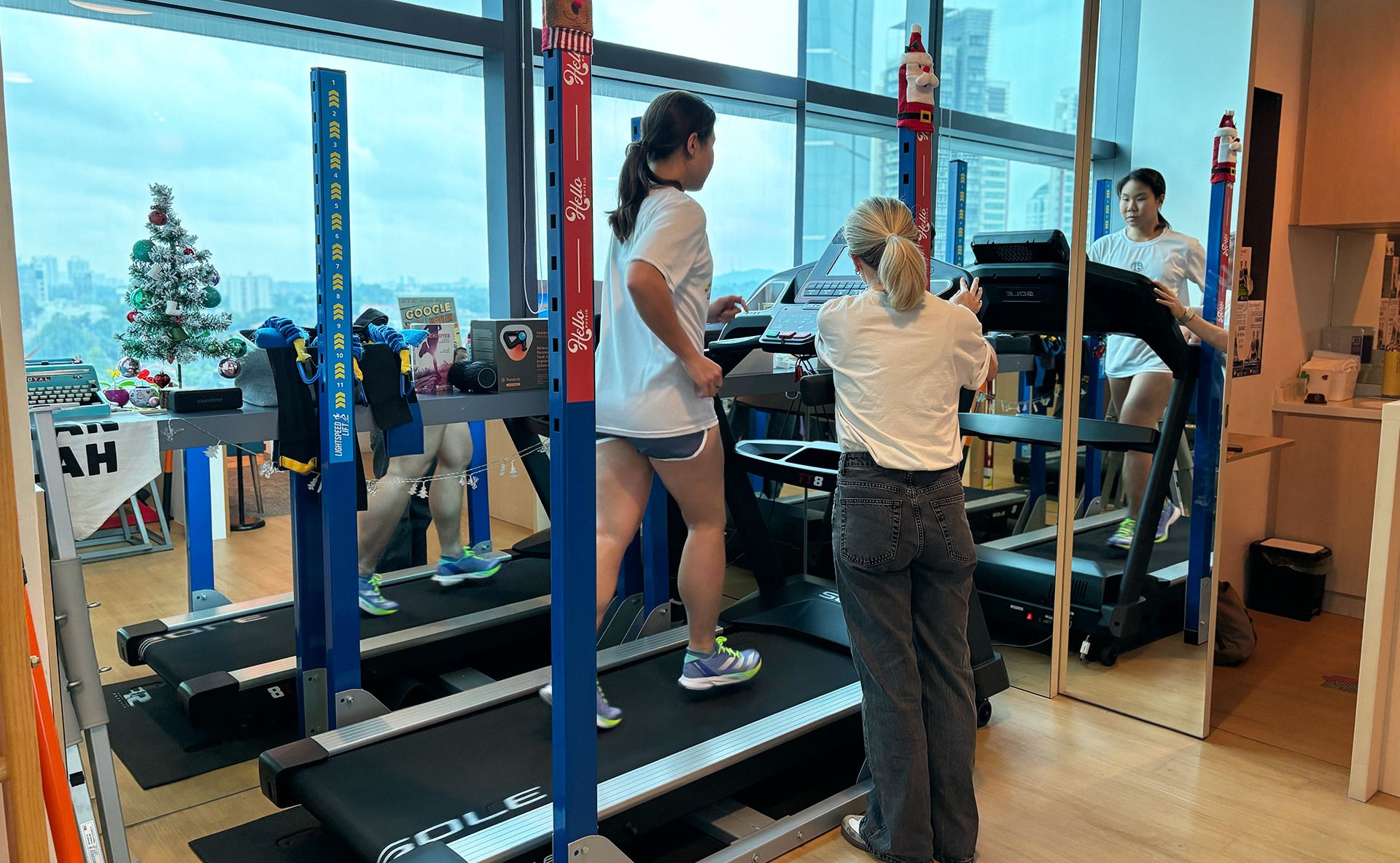
Long-Term Strategies to Prevent Achilles Tendonitis
Even after treatment, proactive care is essential to maintain recovery and to prevent re-injury. Your physiotherapist will offer you a range of tips, like wearing supportive footwear with good arch support and shock absorption. It’s also good to warm up properly before your physical activities and ensure your training program is progressive and not spiking in intensity suddenly. Also, there are only benefits to continuing your strengthening and flexibility exercises, which can keep the Achilles tendon strong and resilient.
If you’re experiencing persistent heel pain or stiffness, early intervention is crucial to prevent chronic issues or more invasive treatments. Achilles tendonitis physical therapy treatment offers a proven, non-invasive path to recovery when guided by experienced professionals.
At HelloPhysio, our expert team takes a personalized approach, combining cutting-edge technologies with targeted physiotherapy techniques to ensure the best possible outcome. Contact us today to schedule a consultation.

